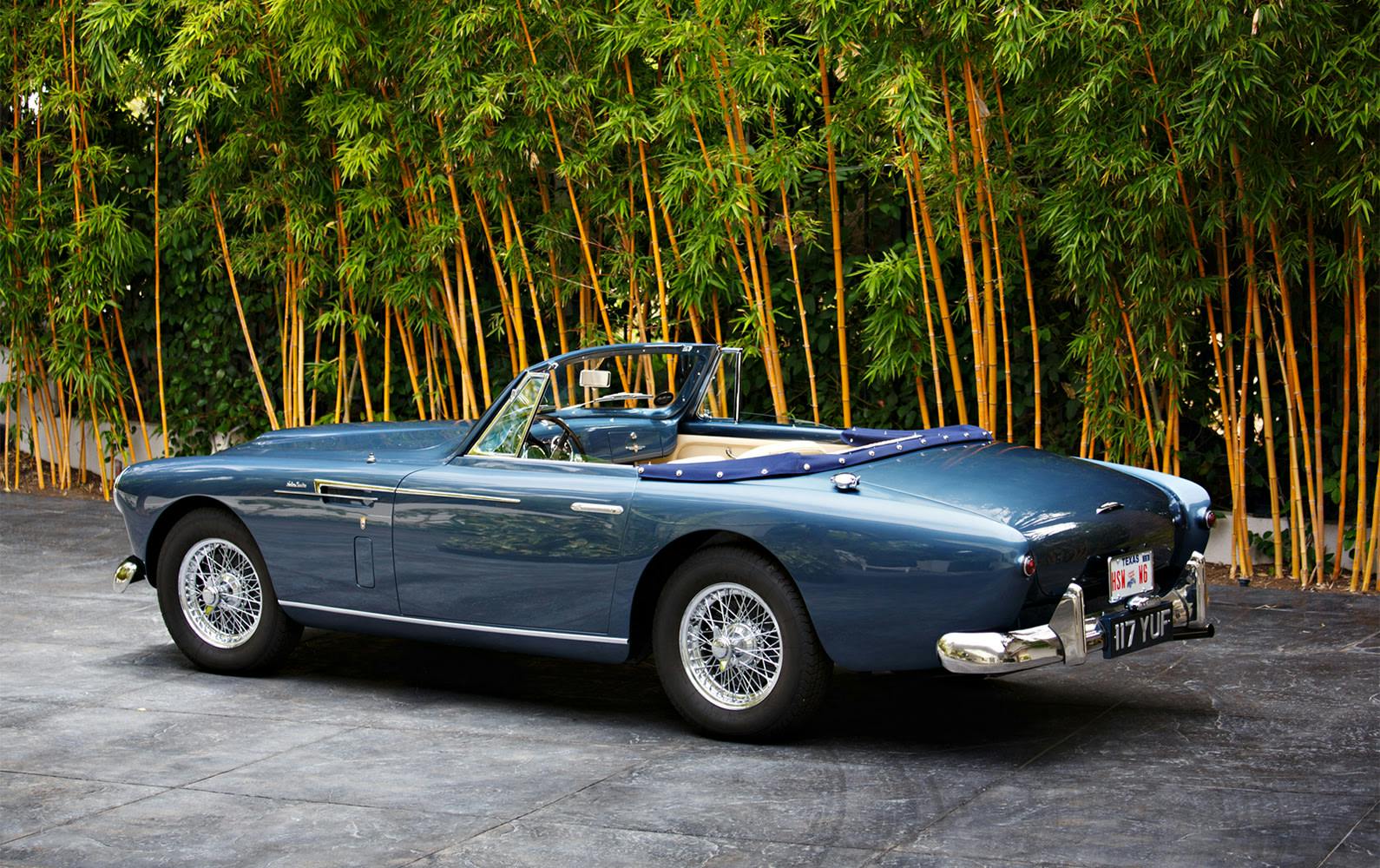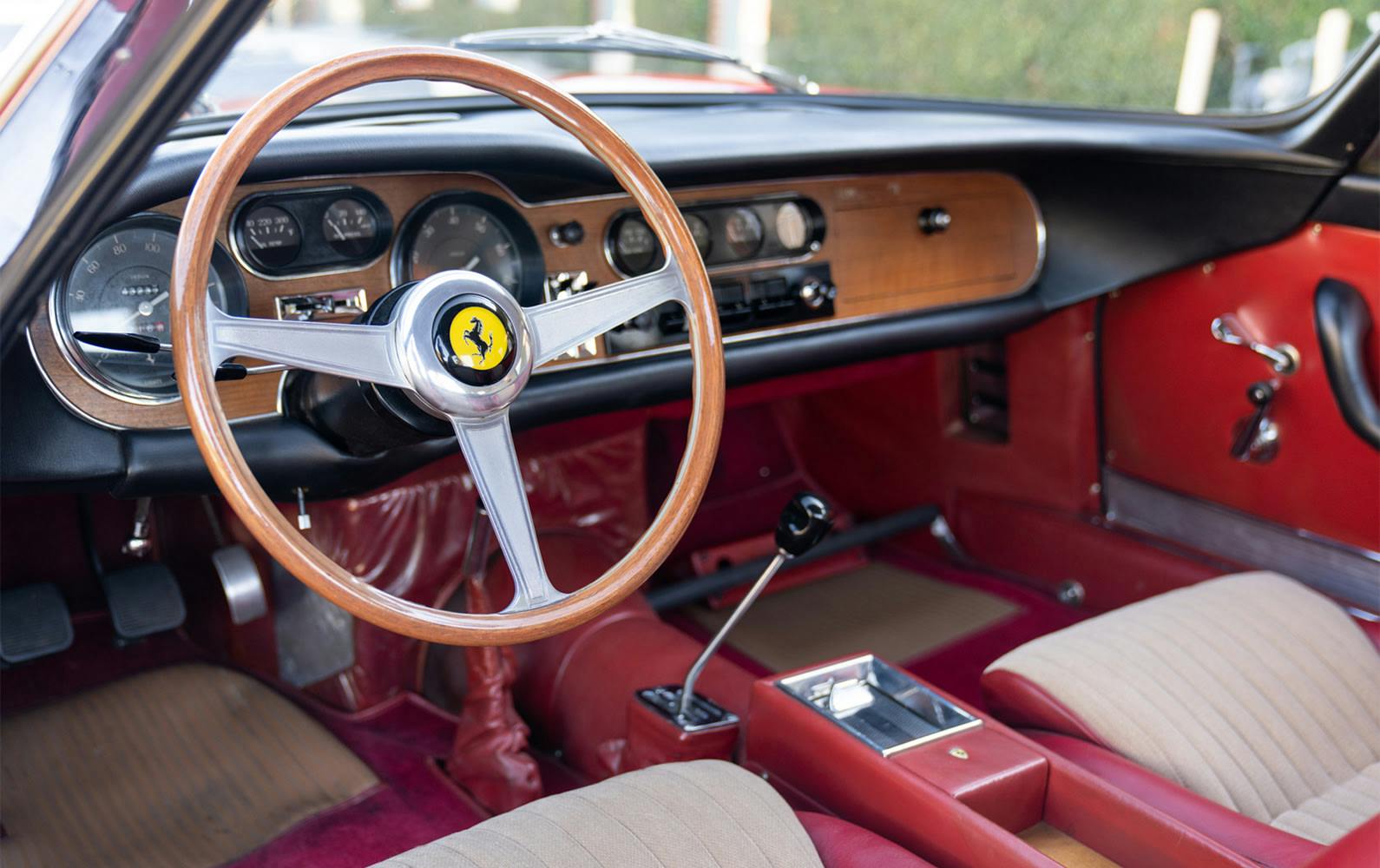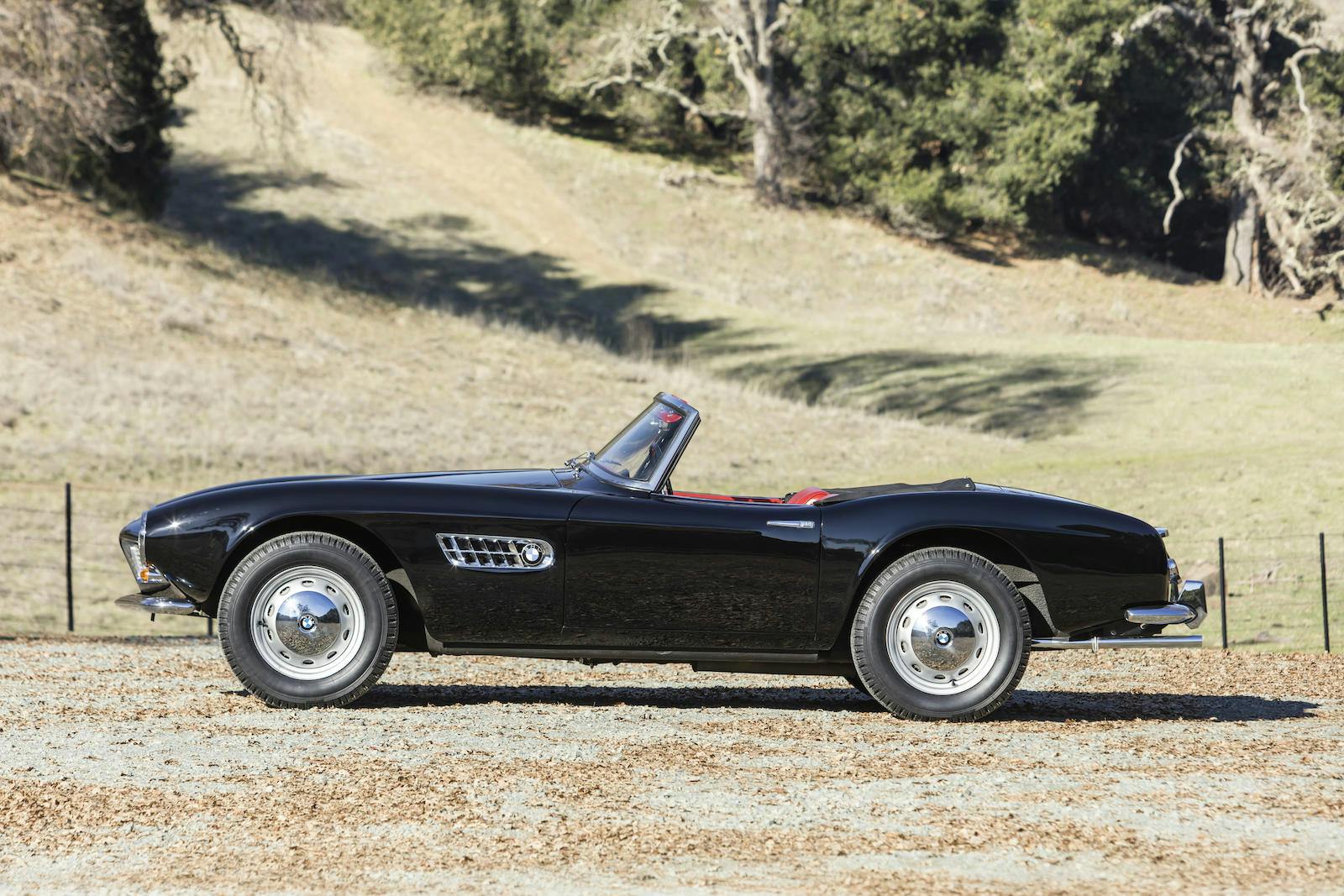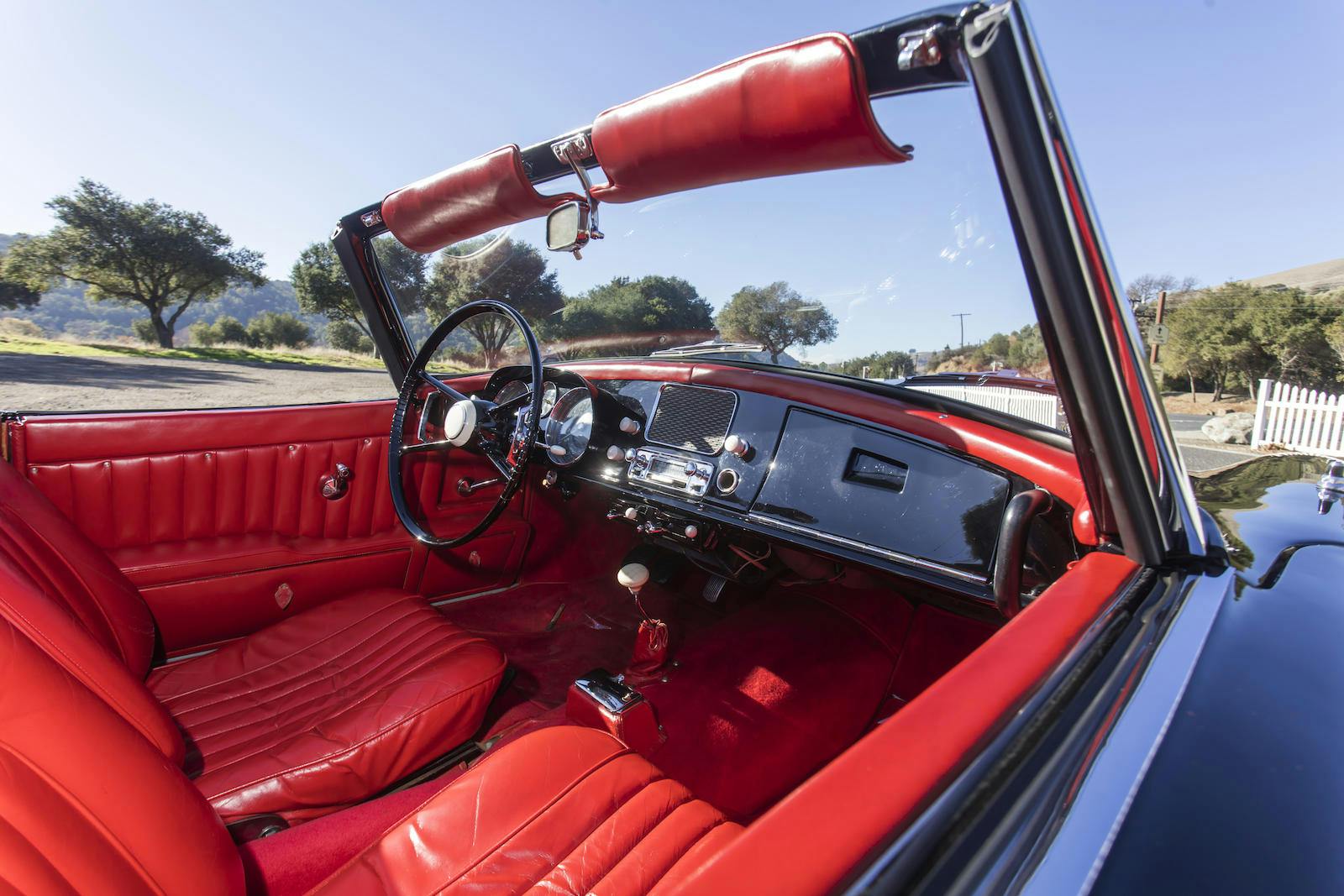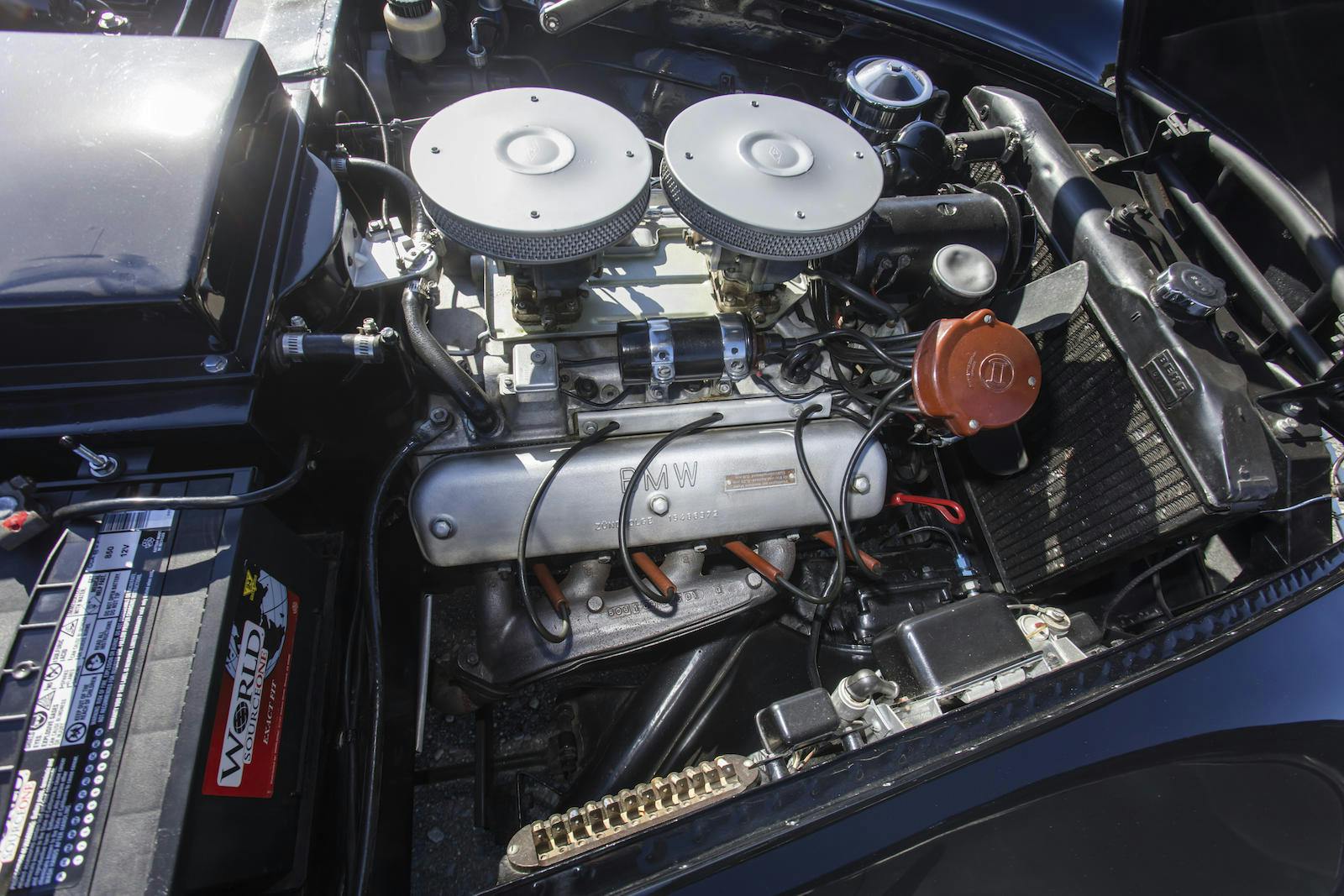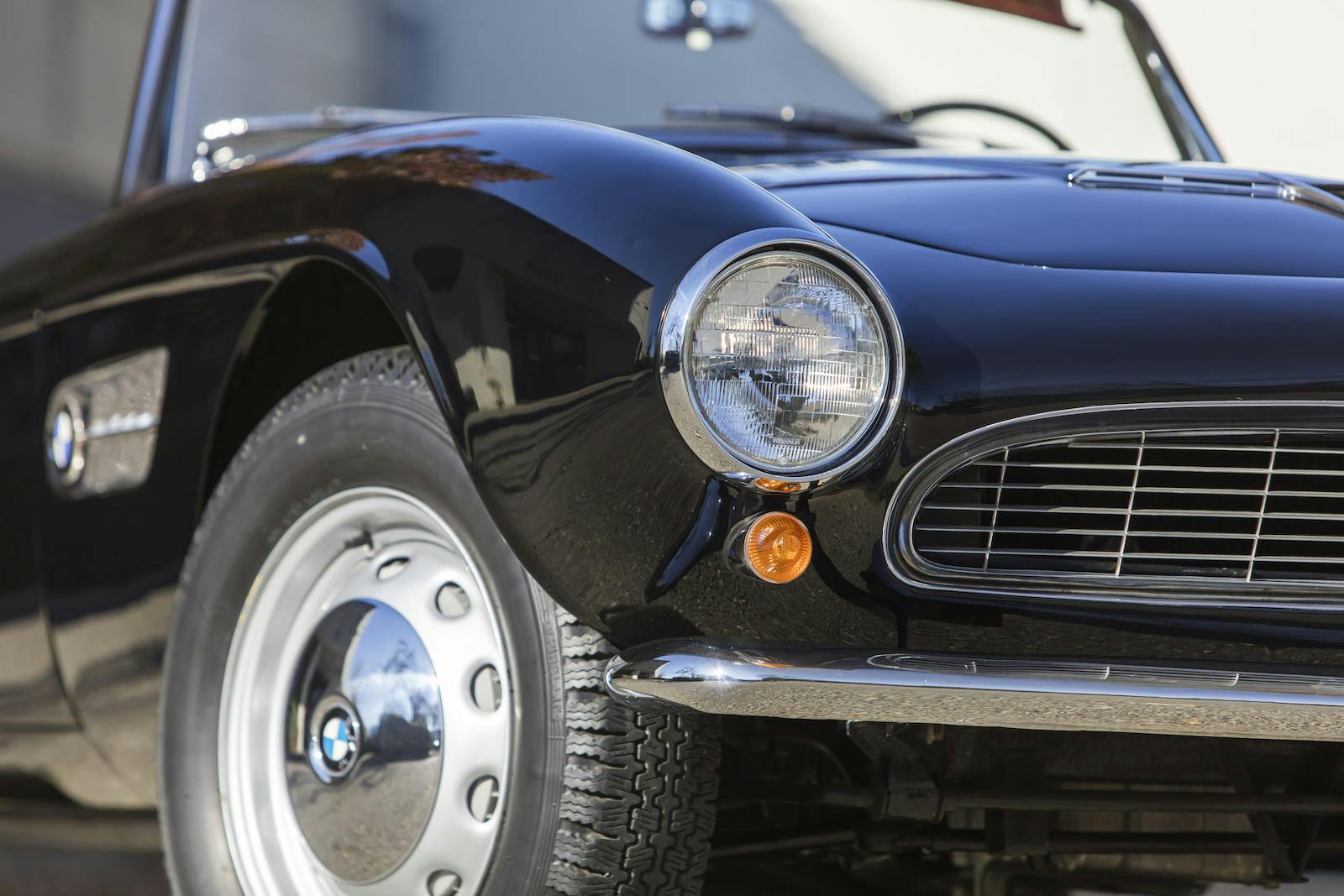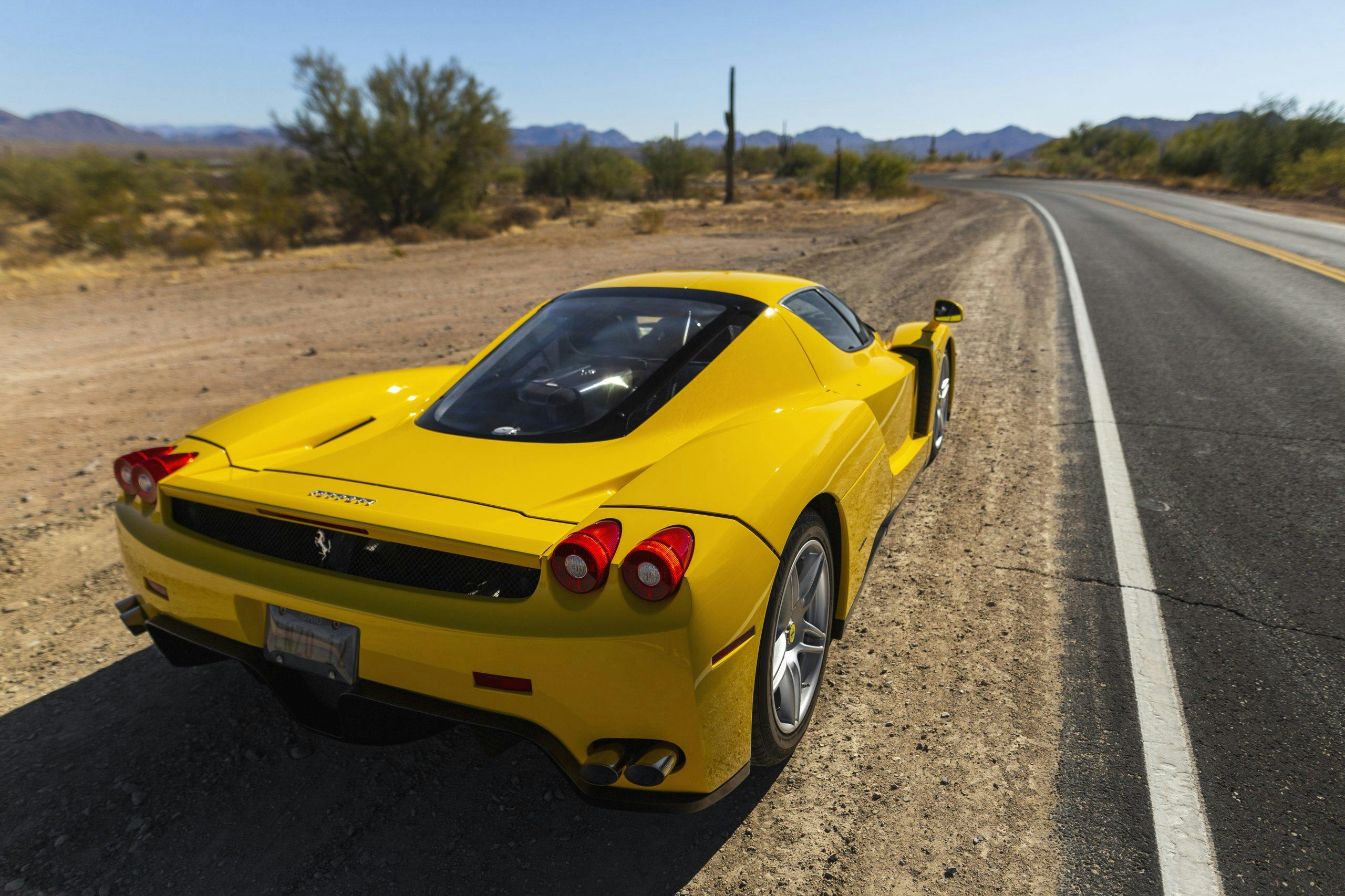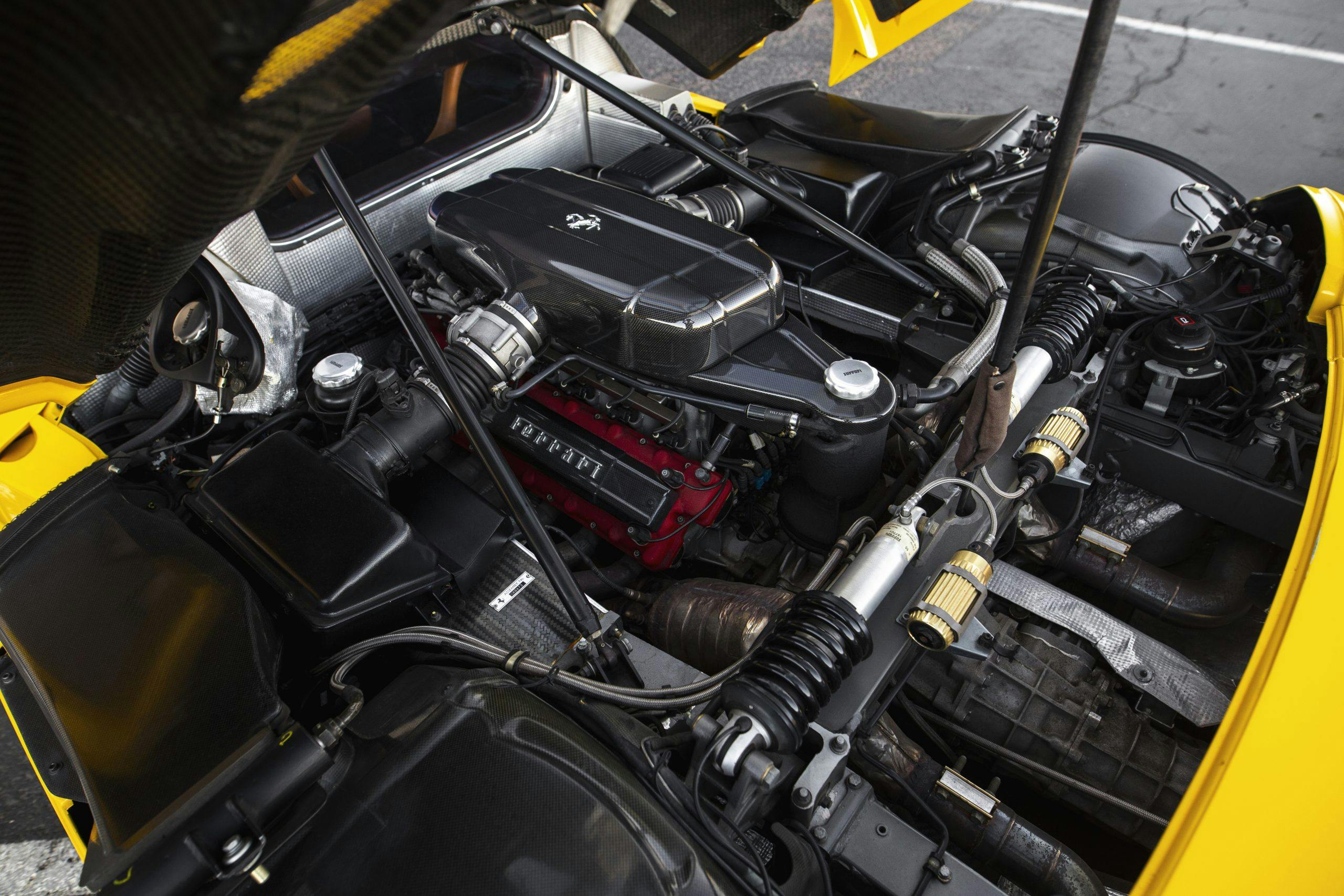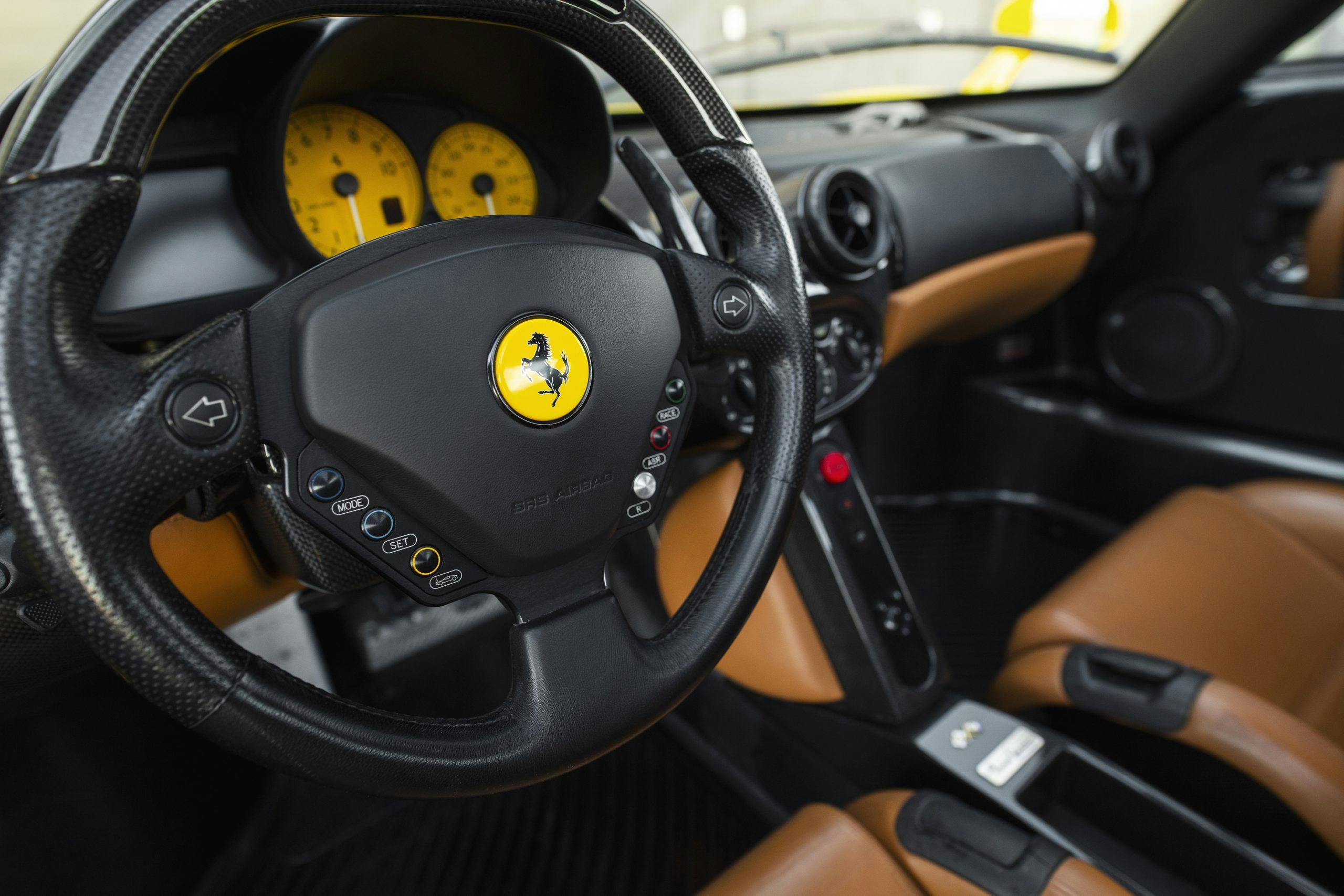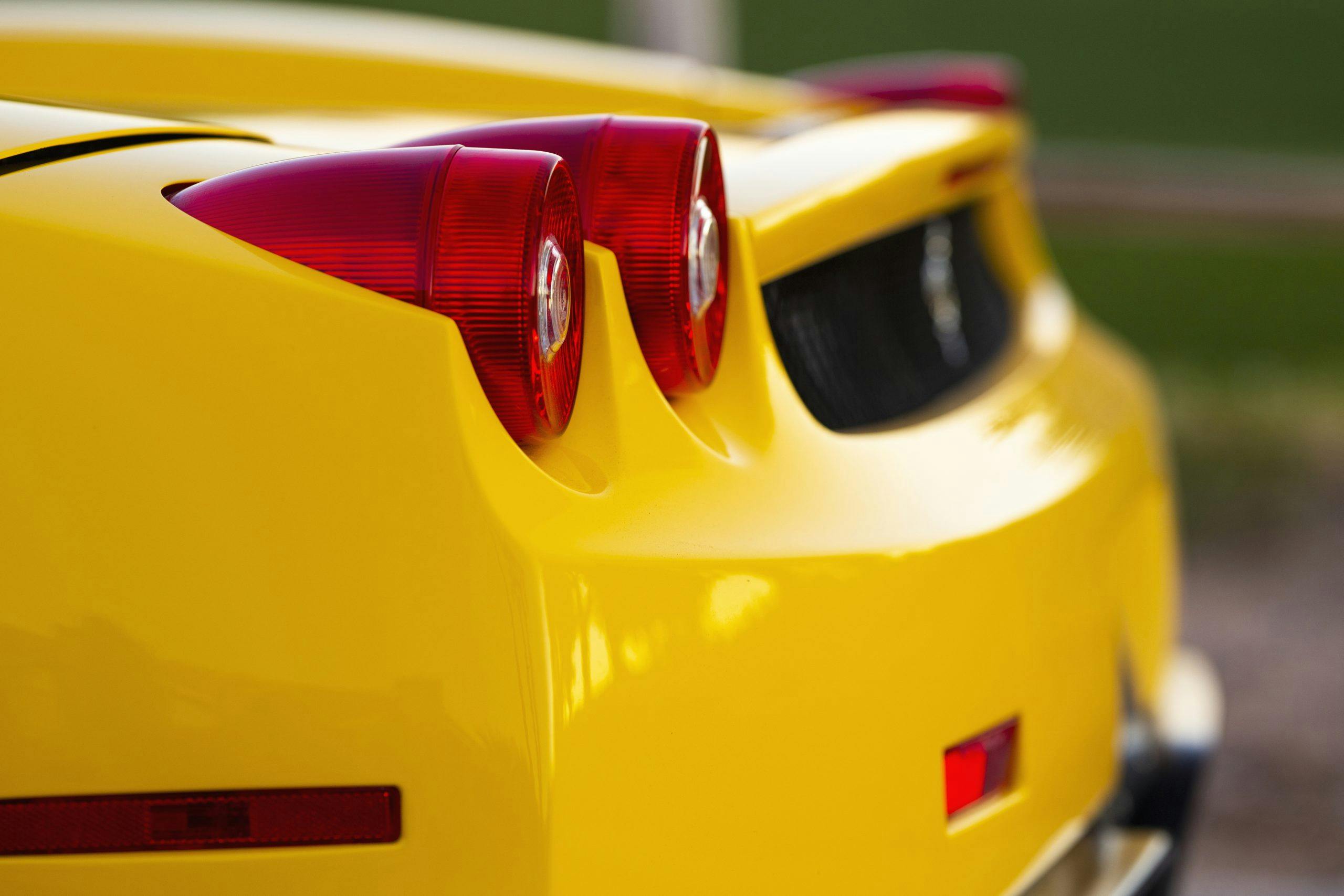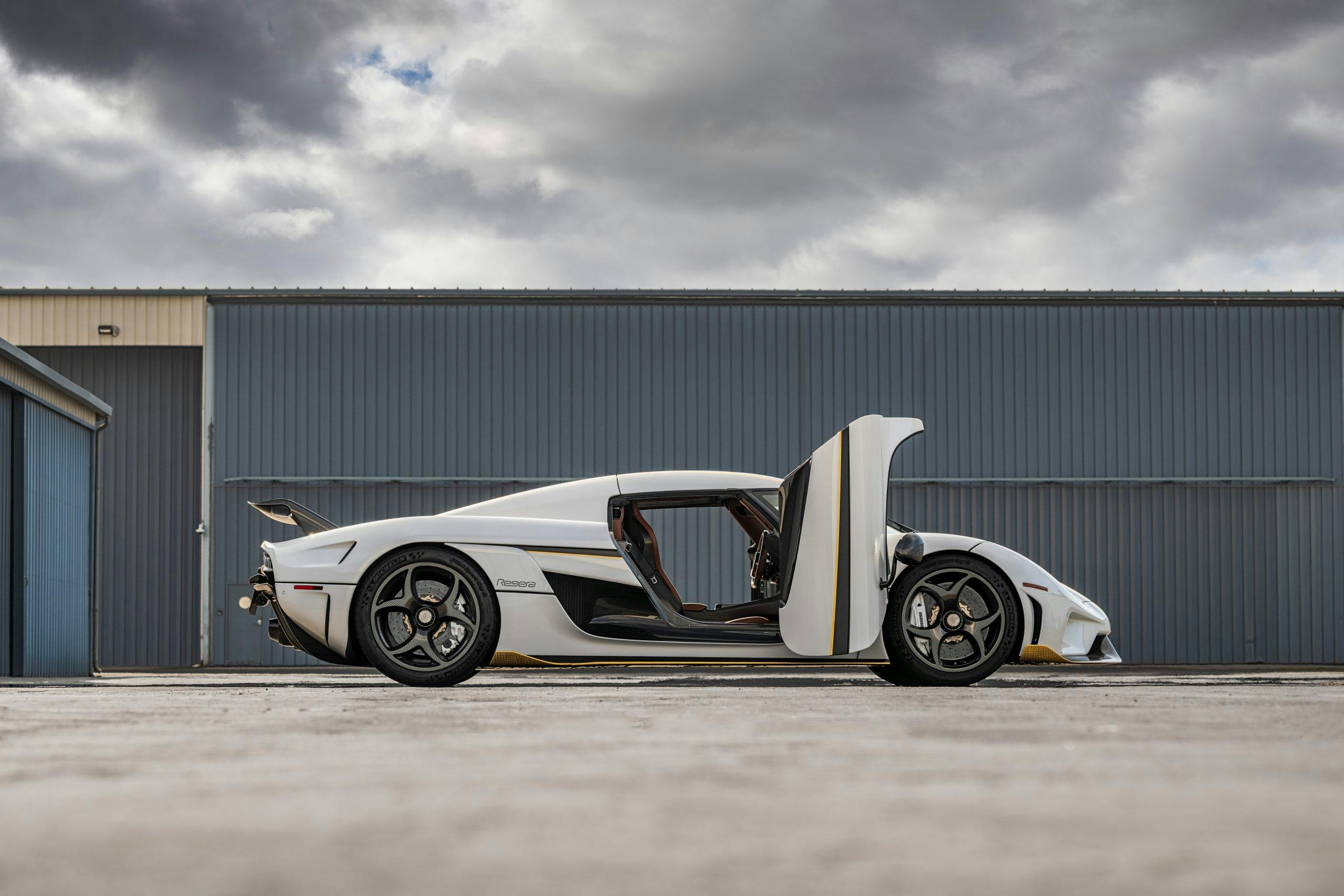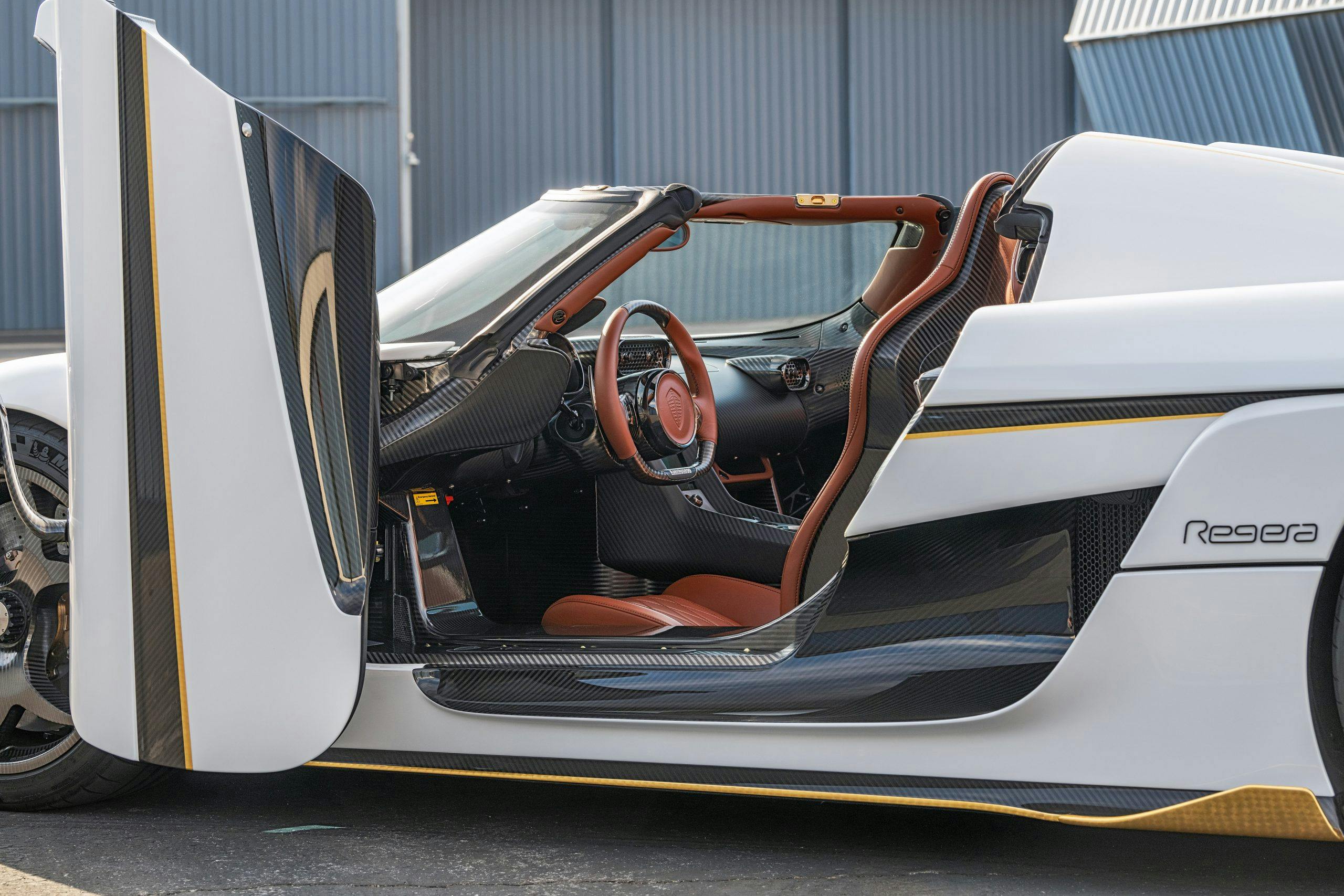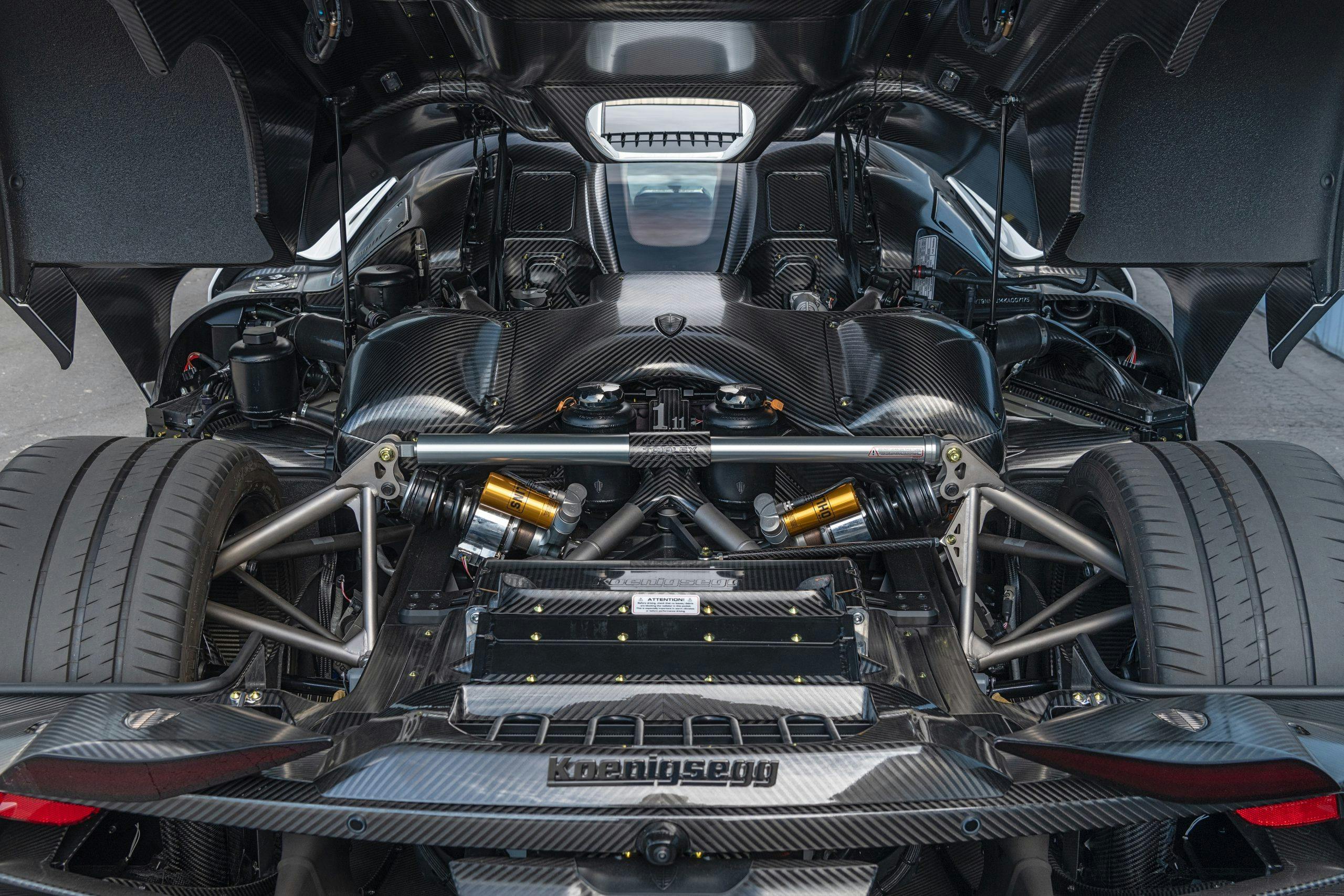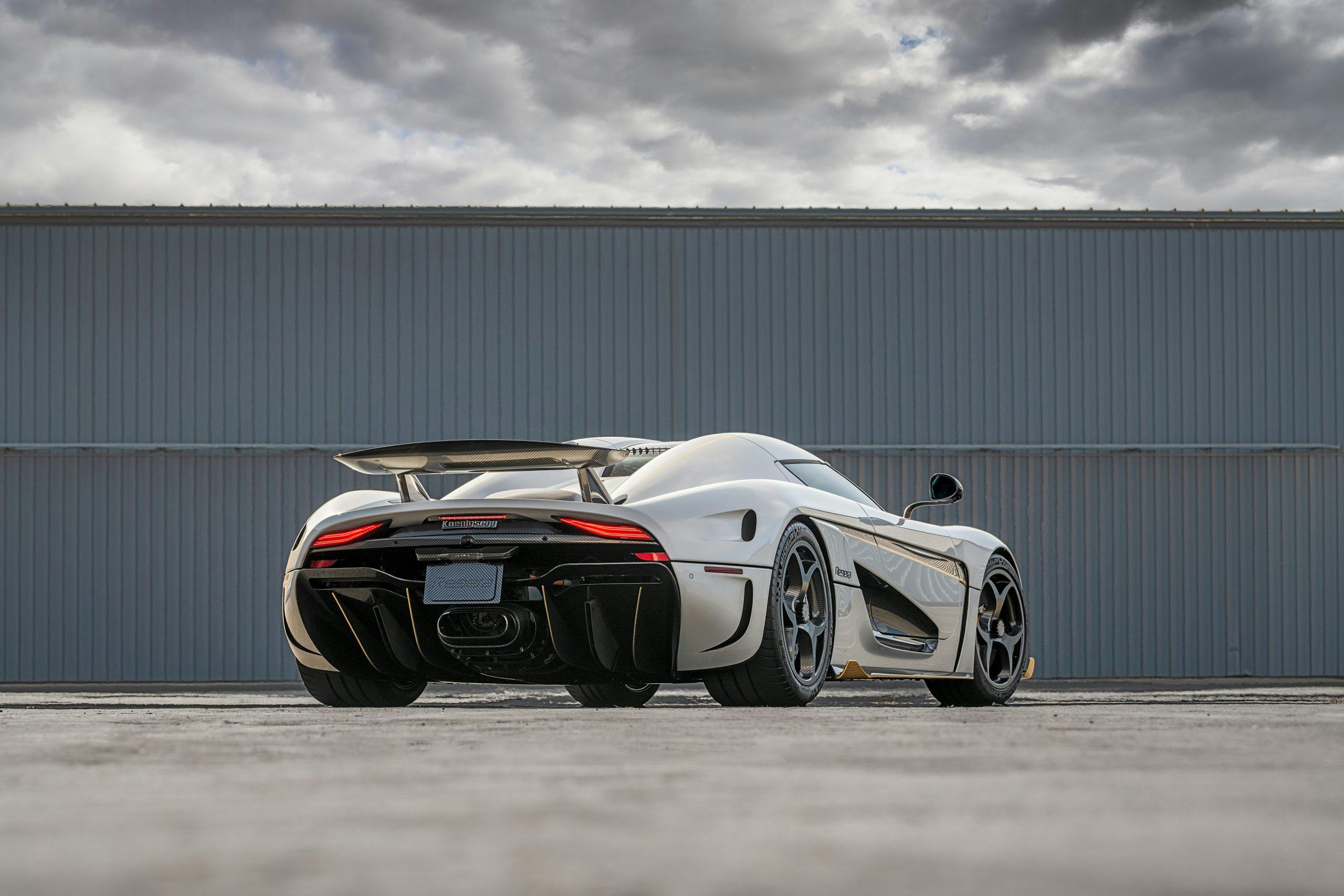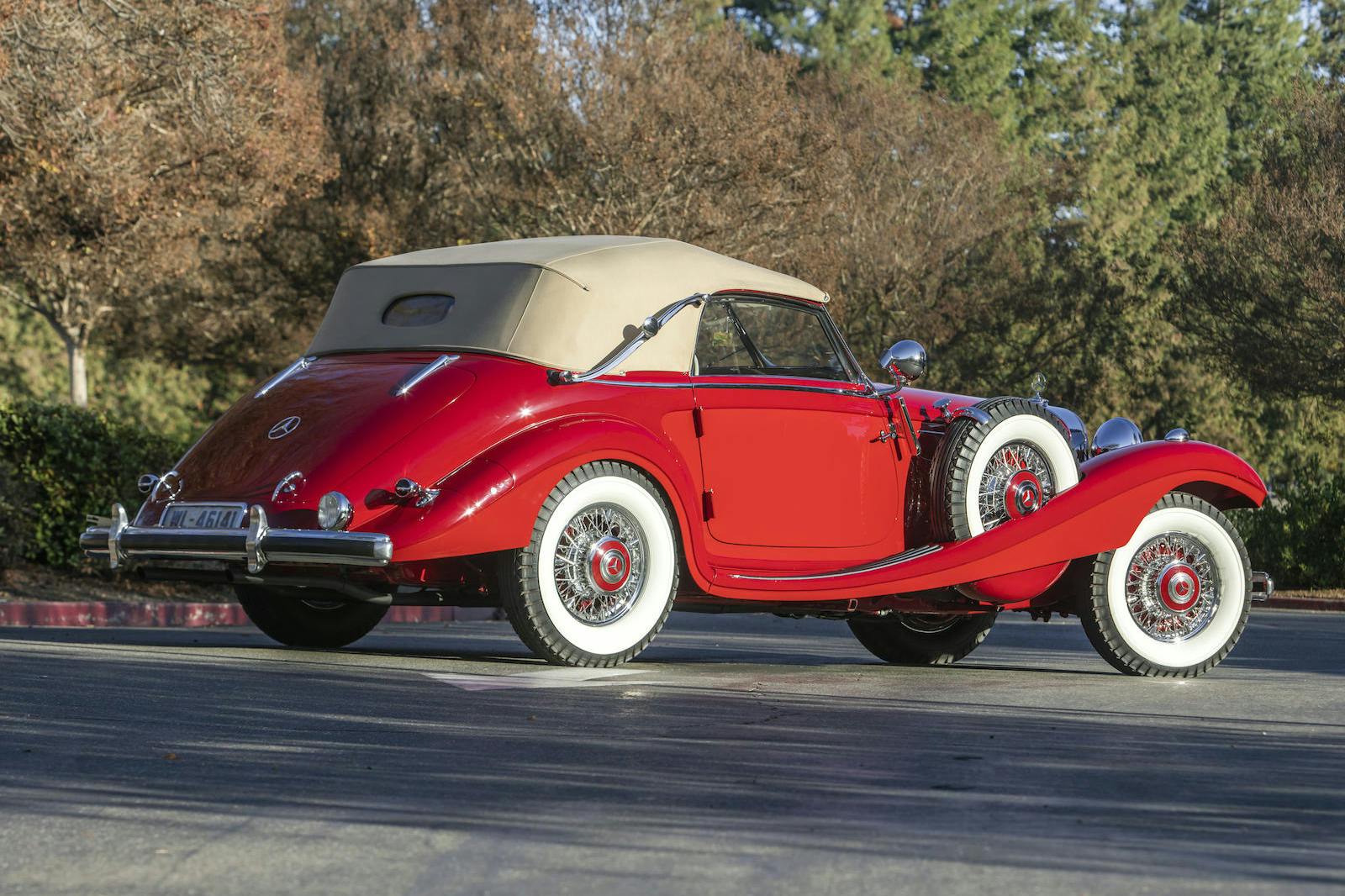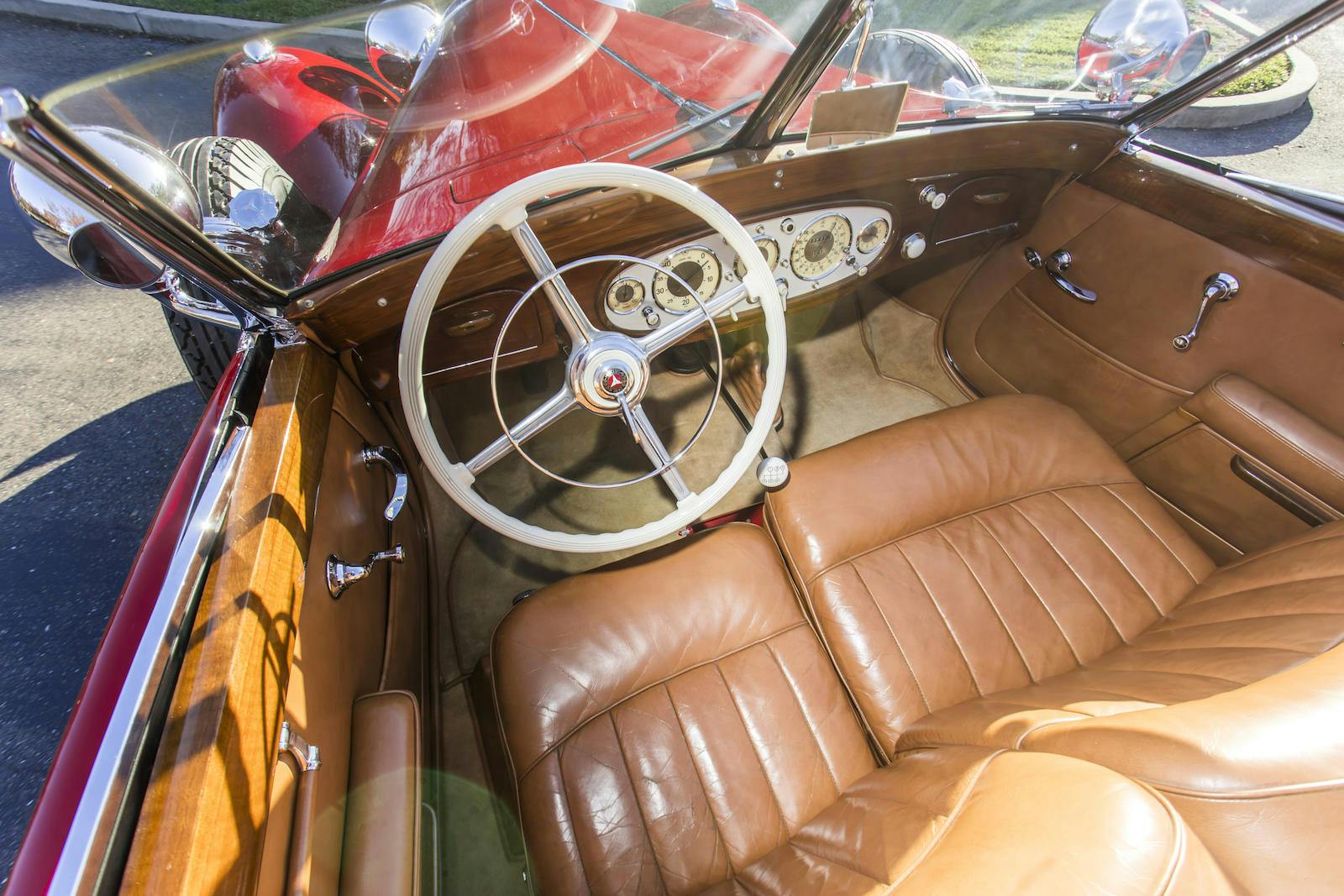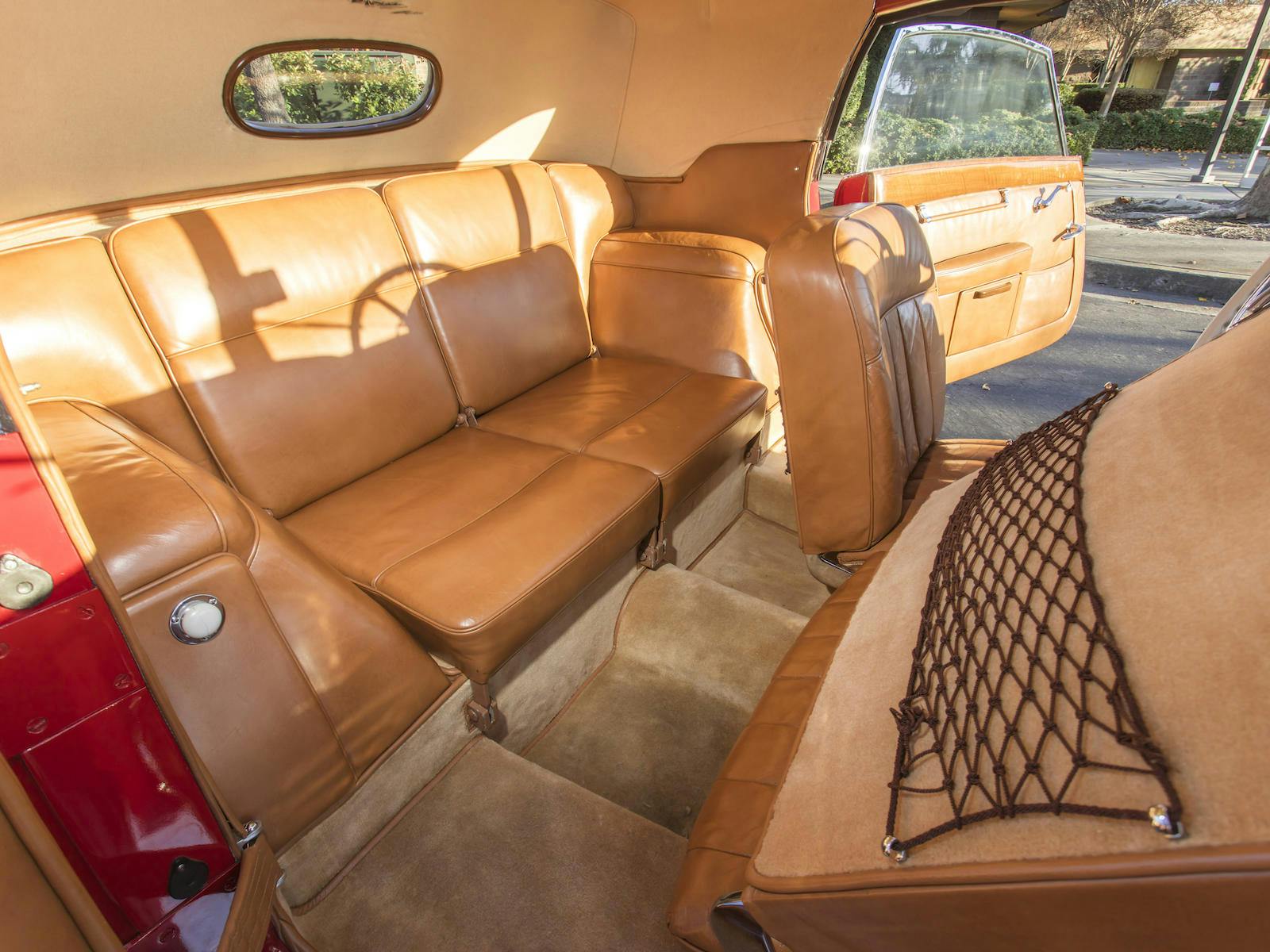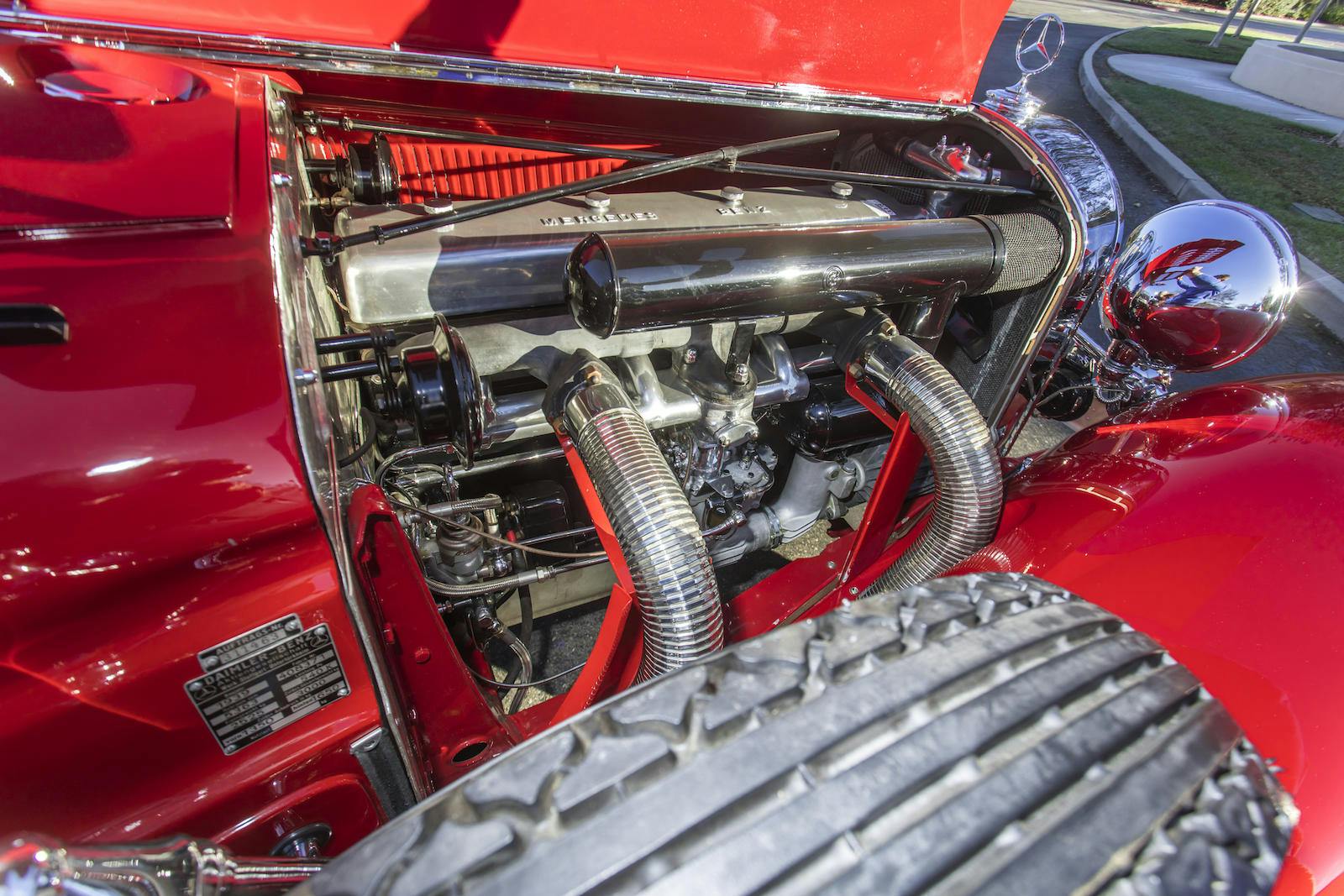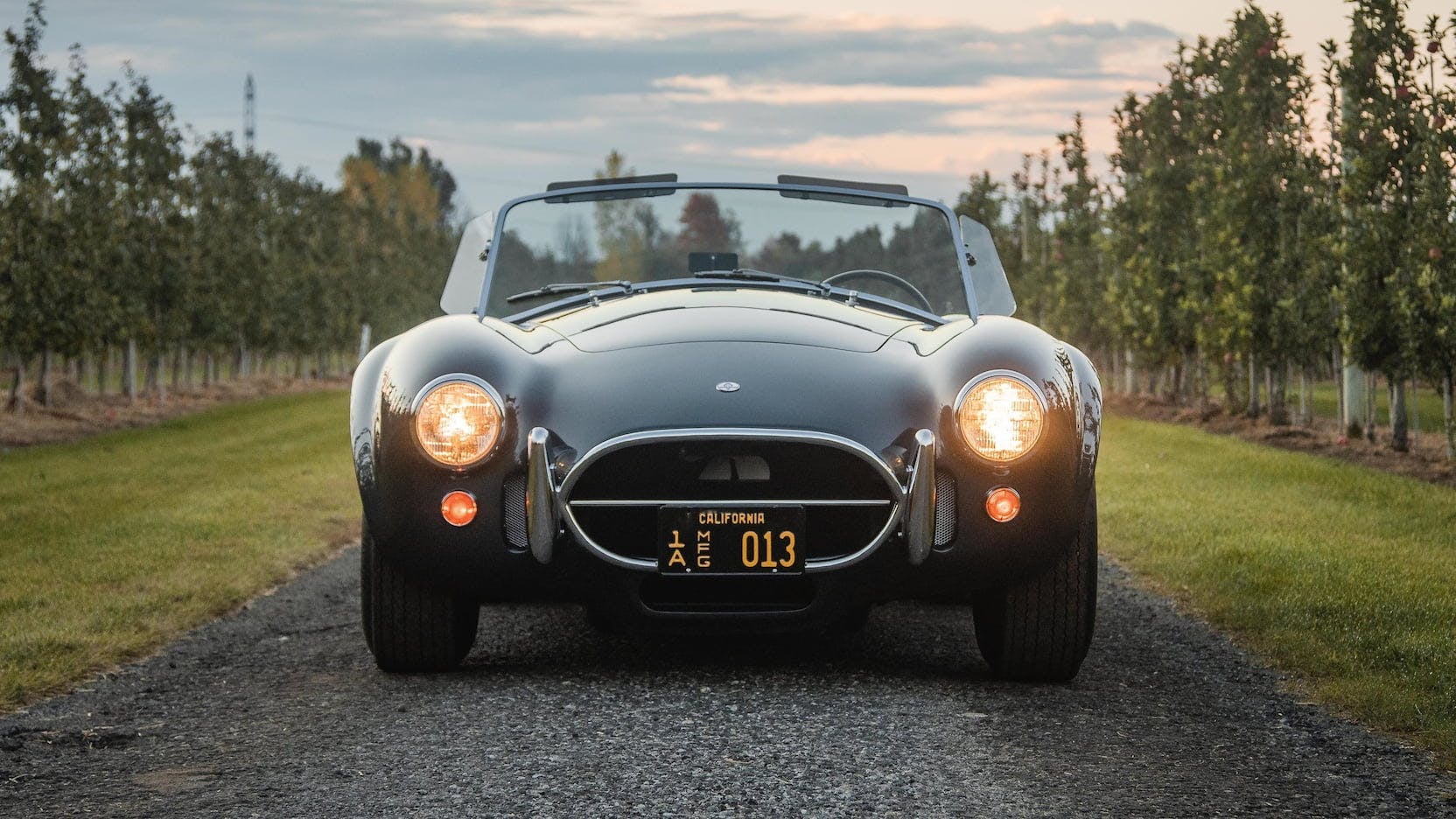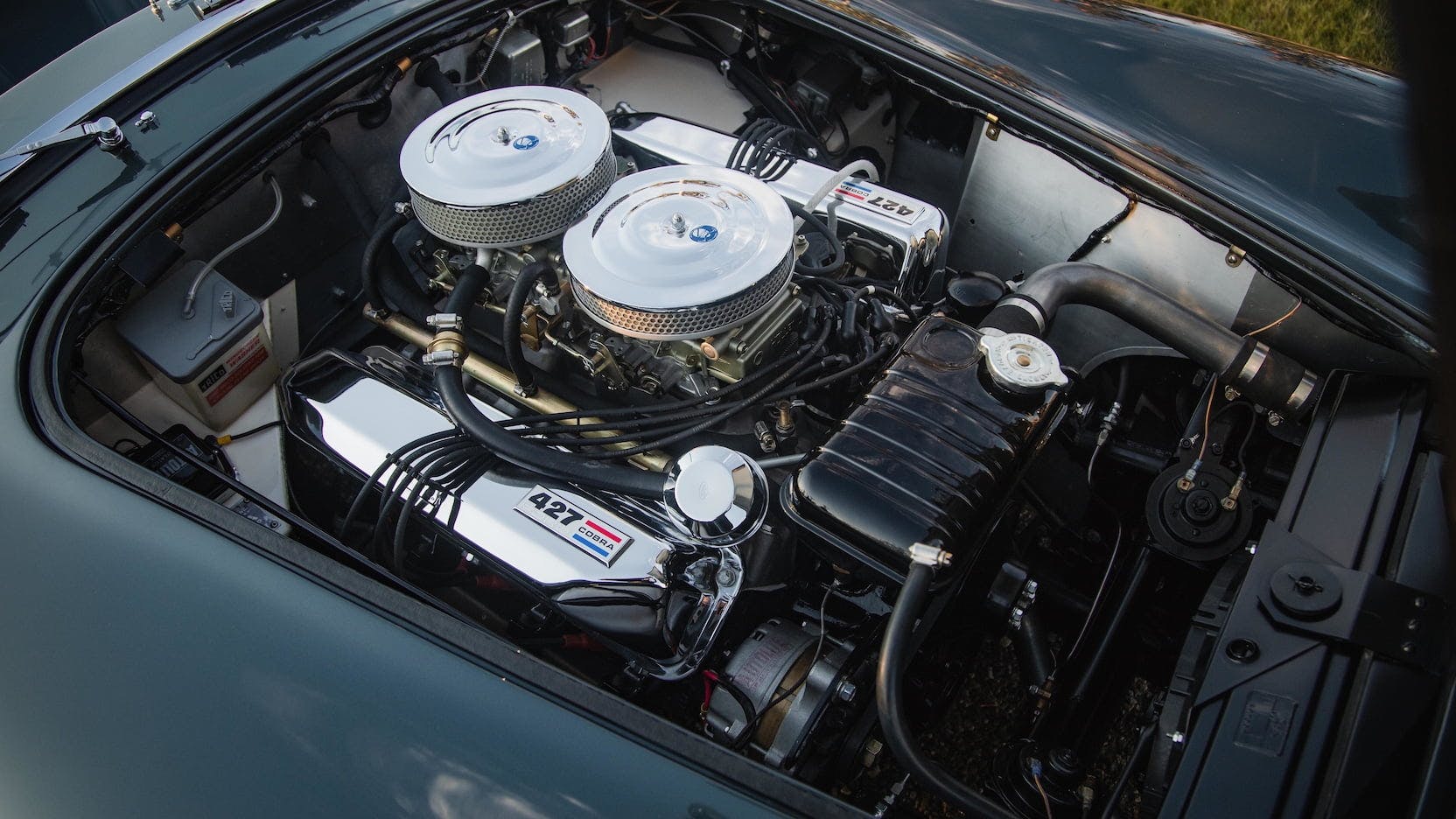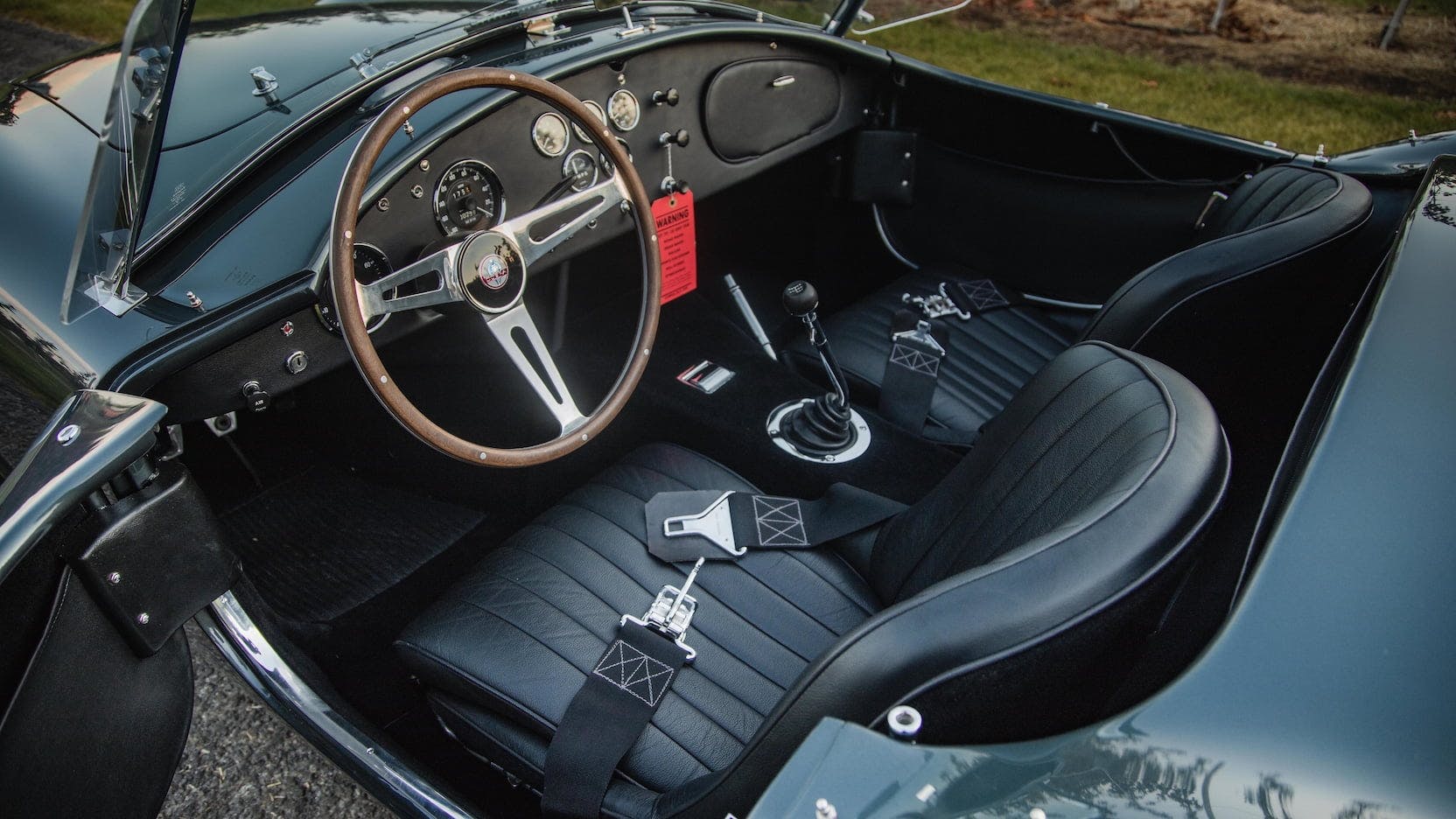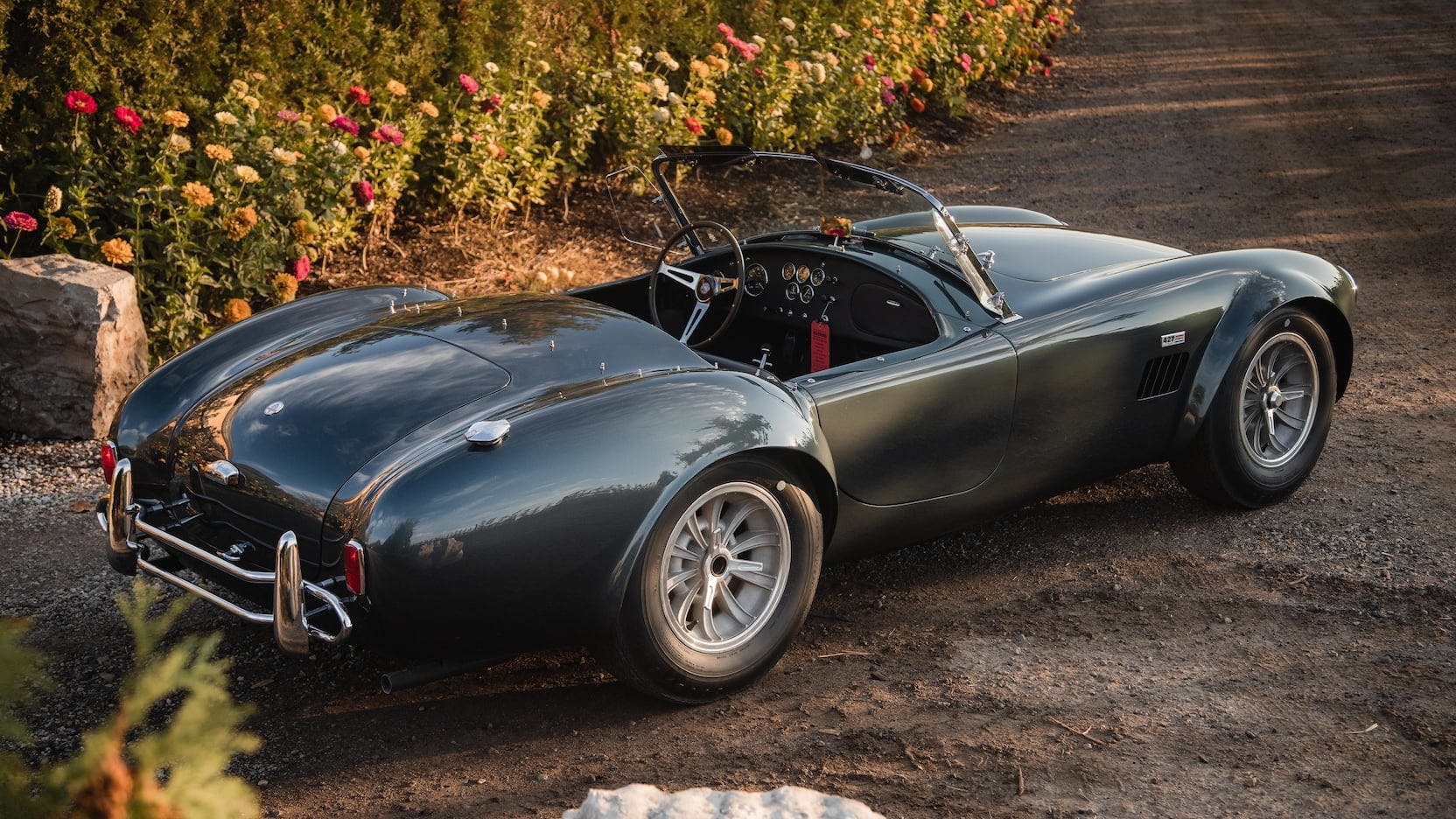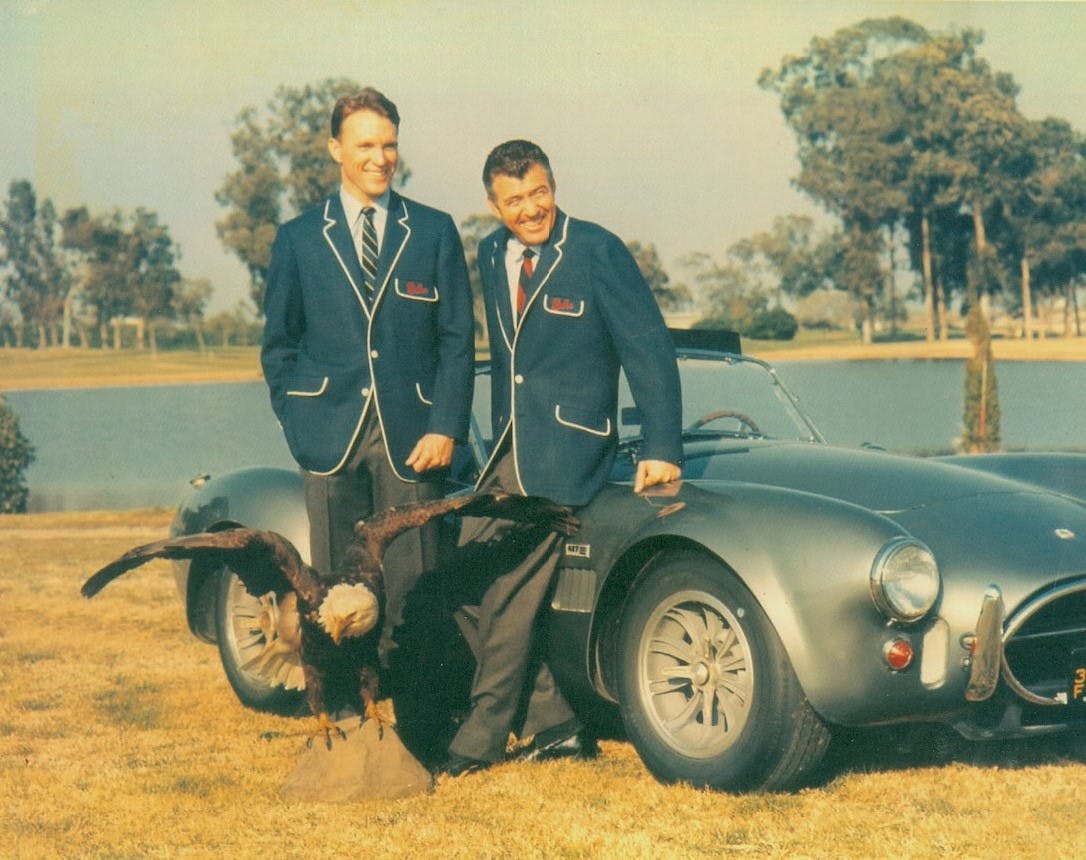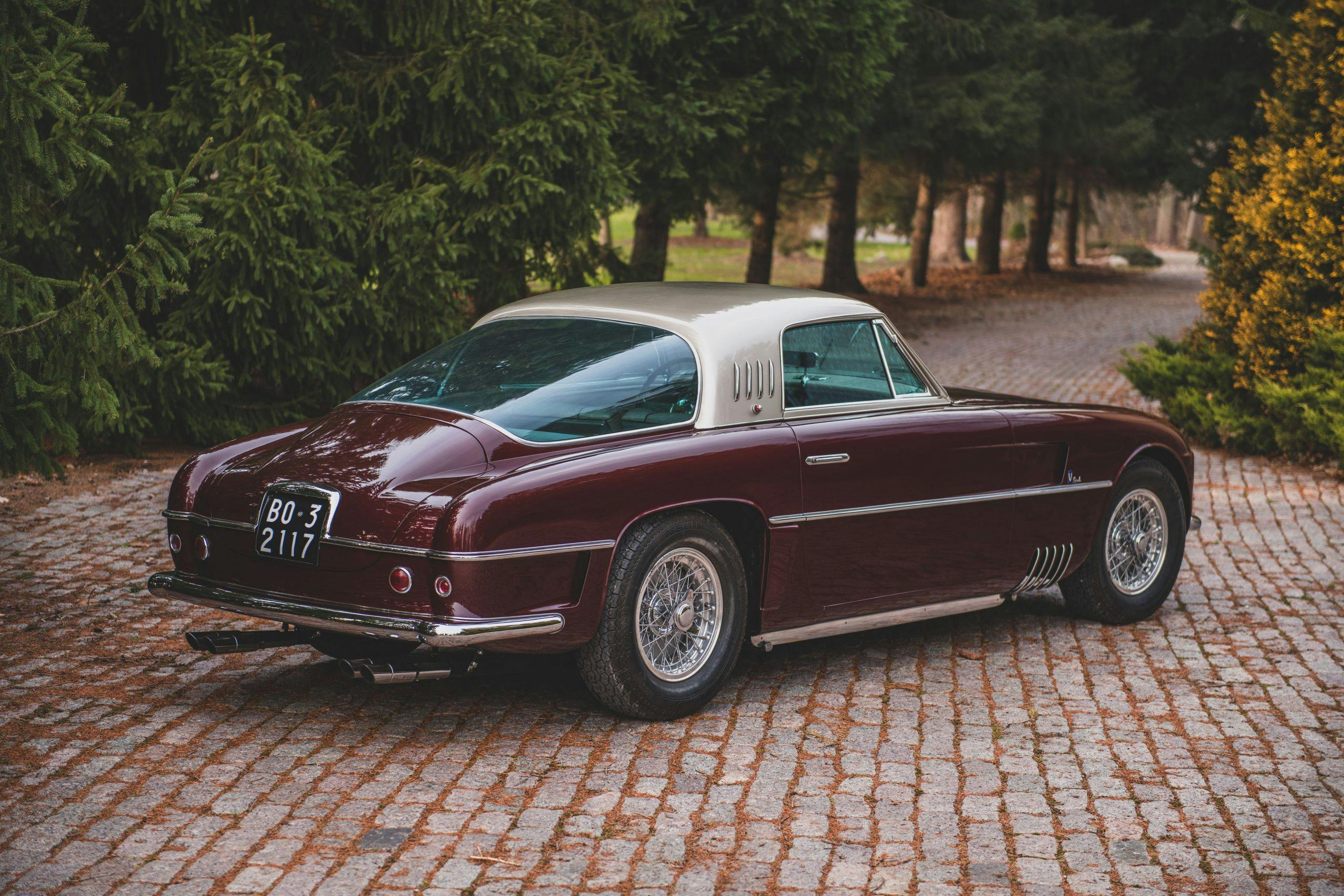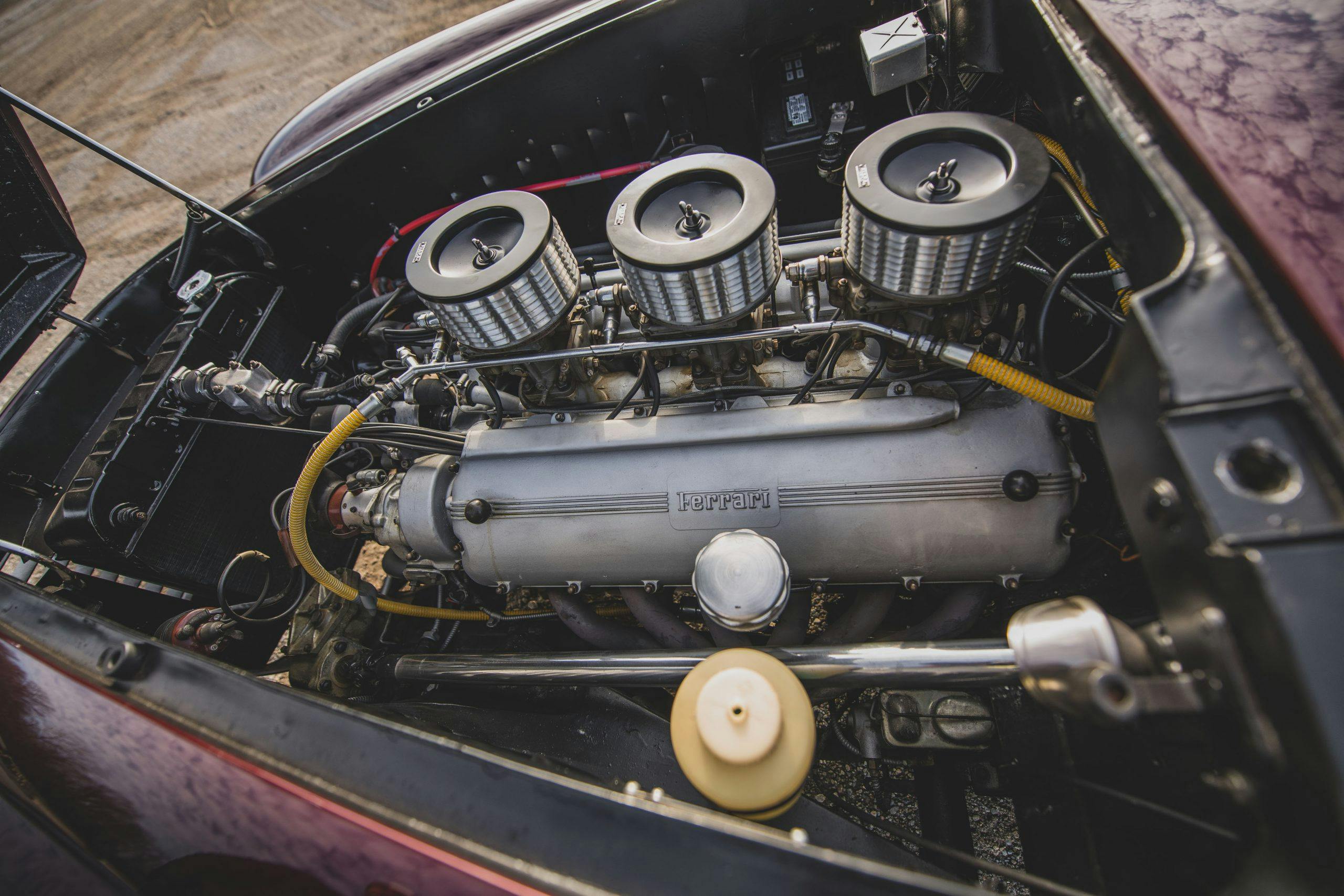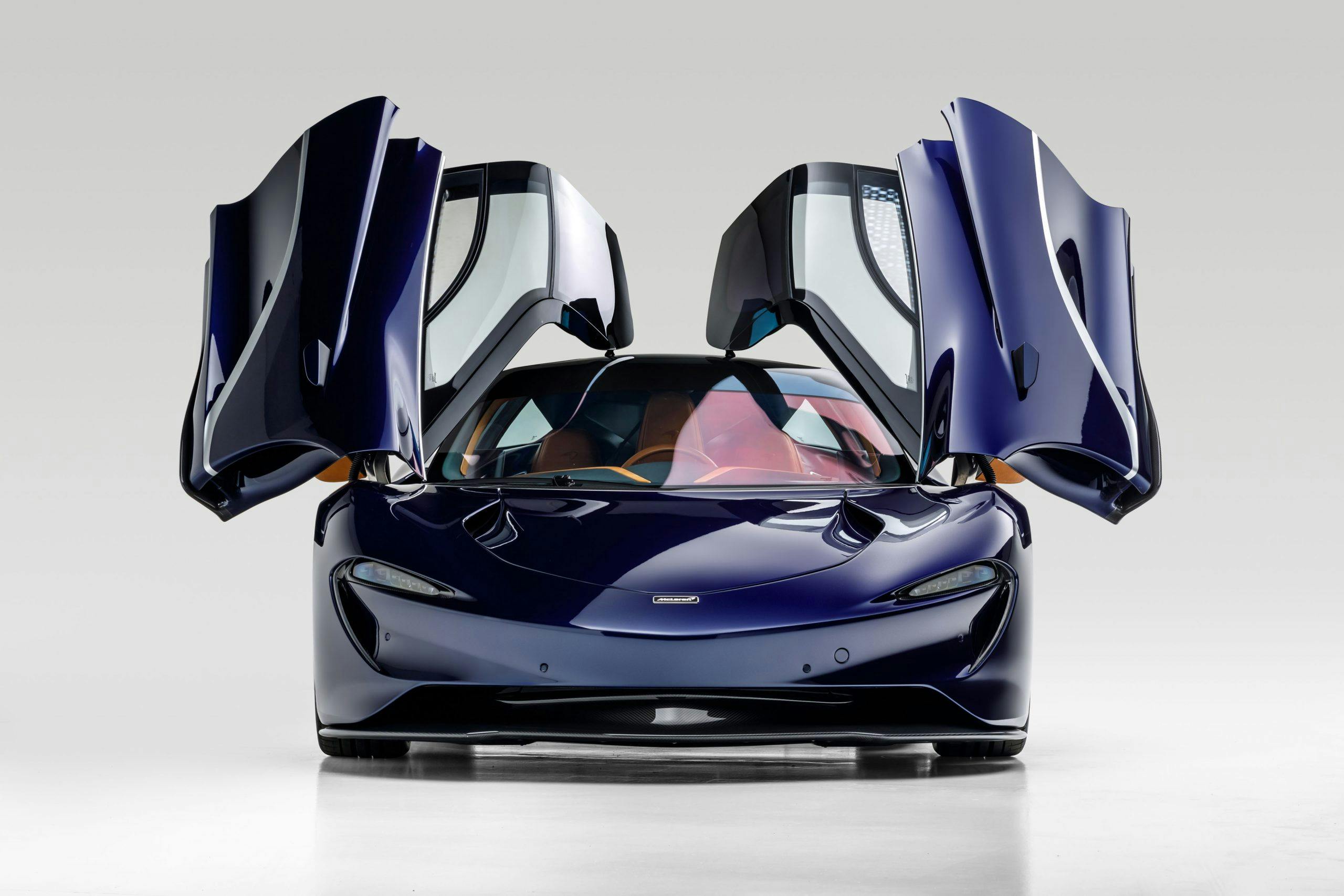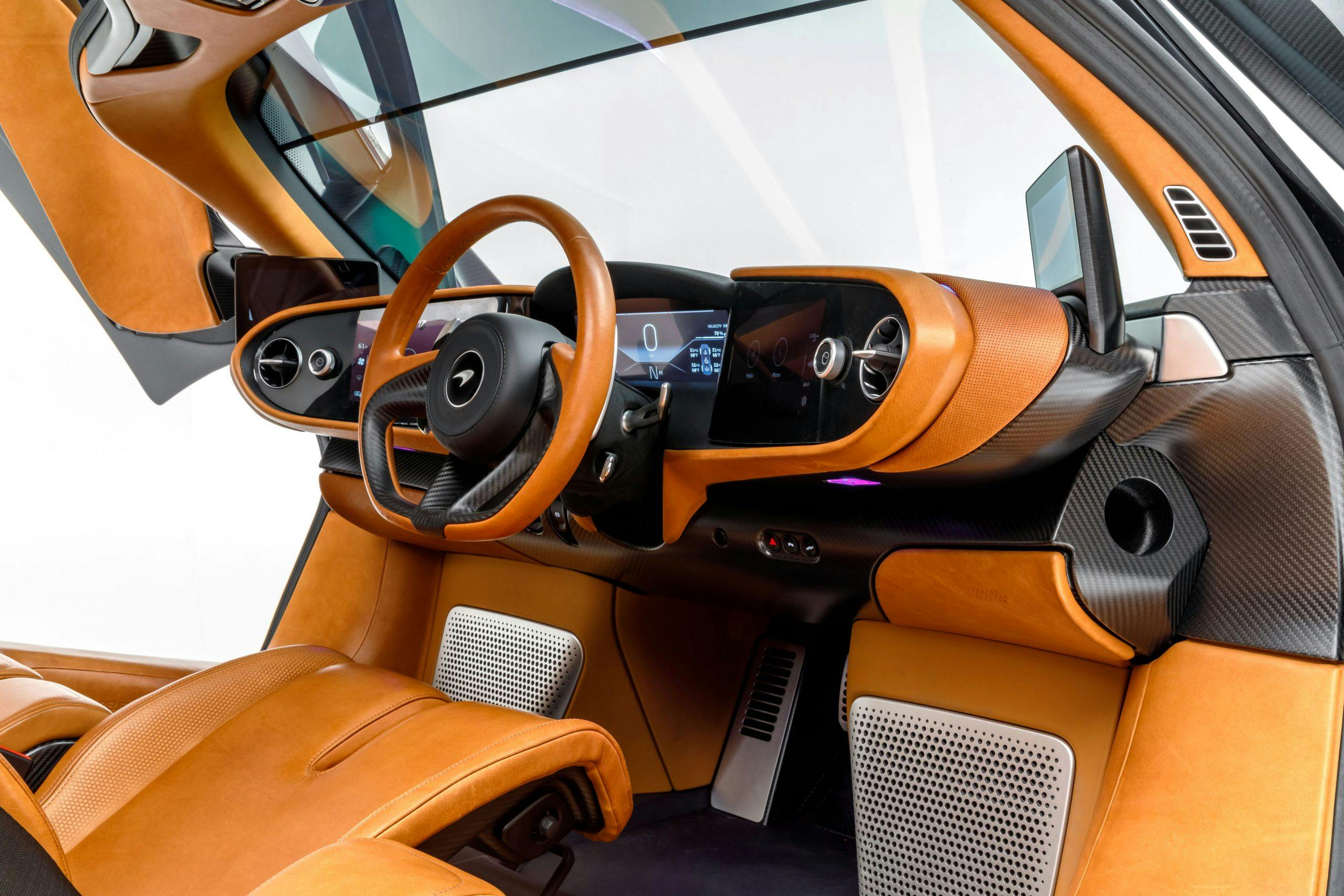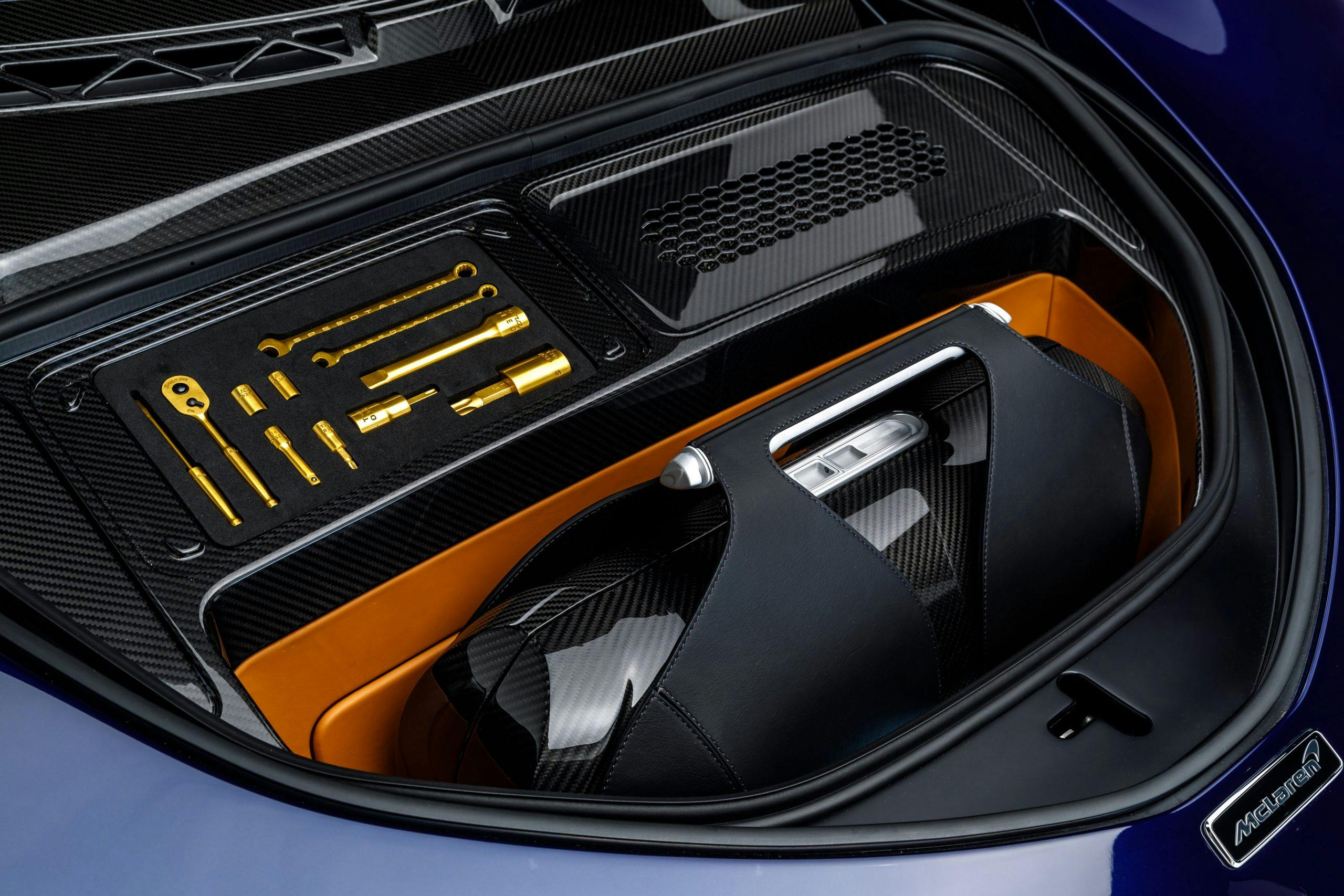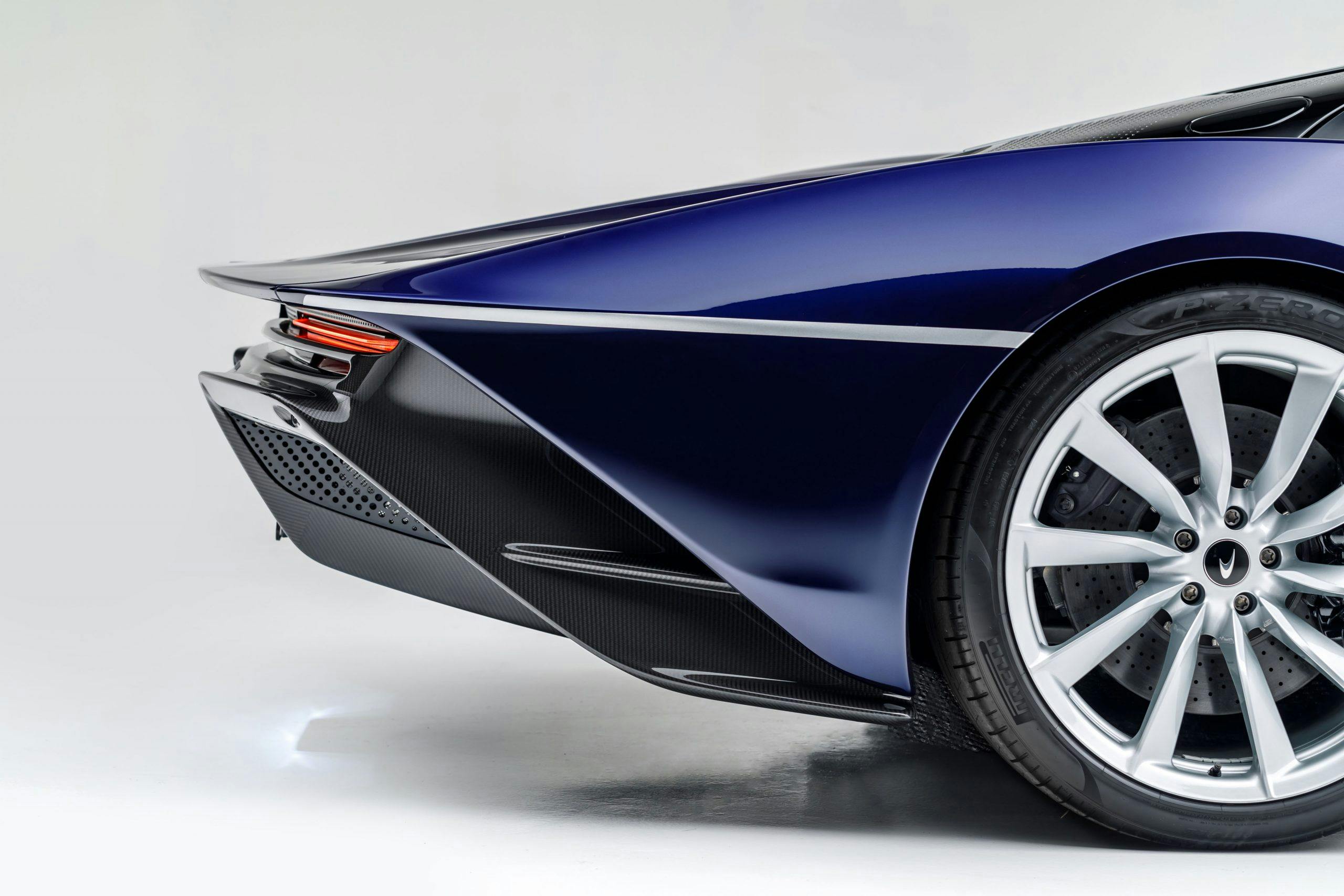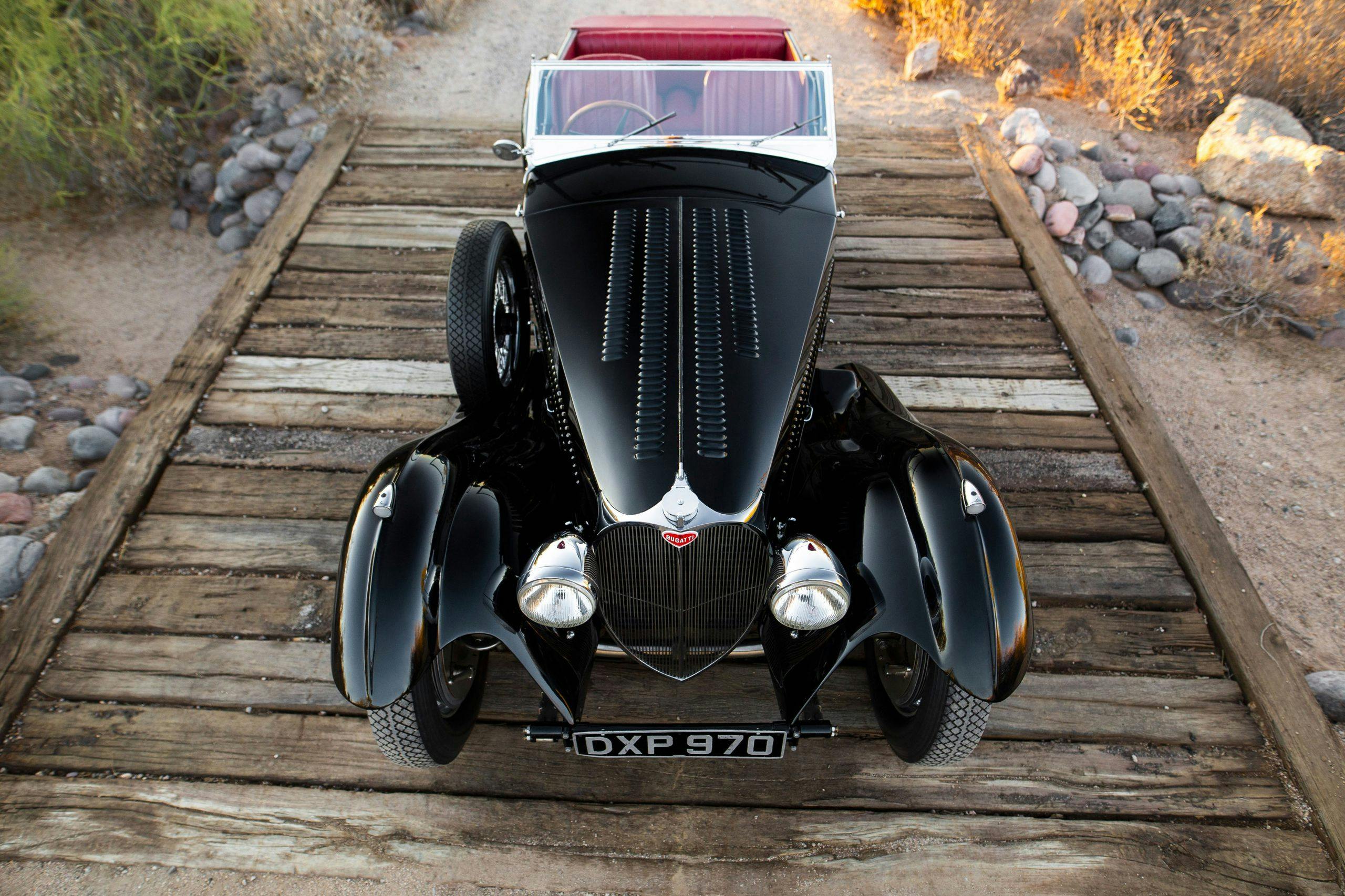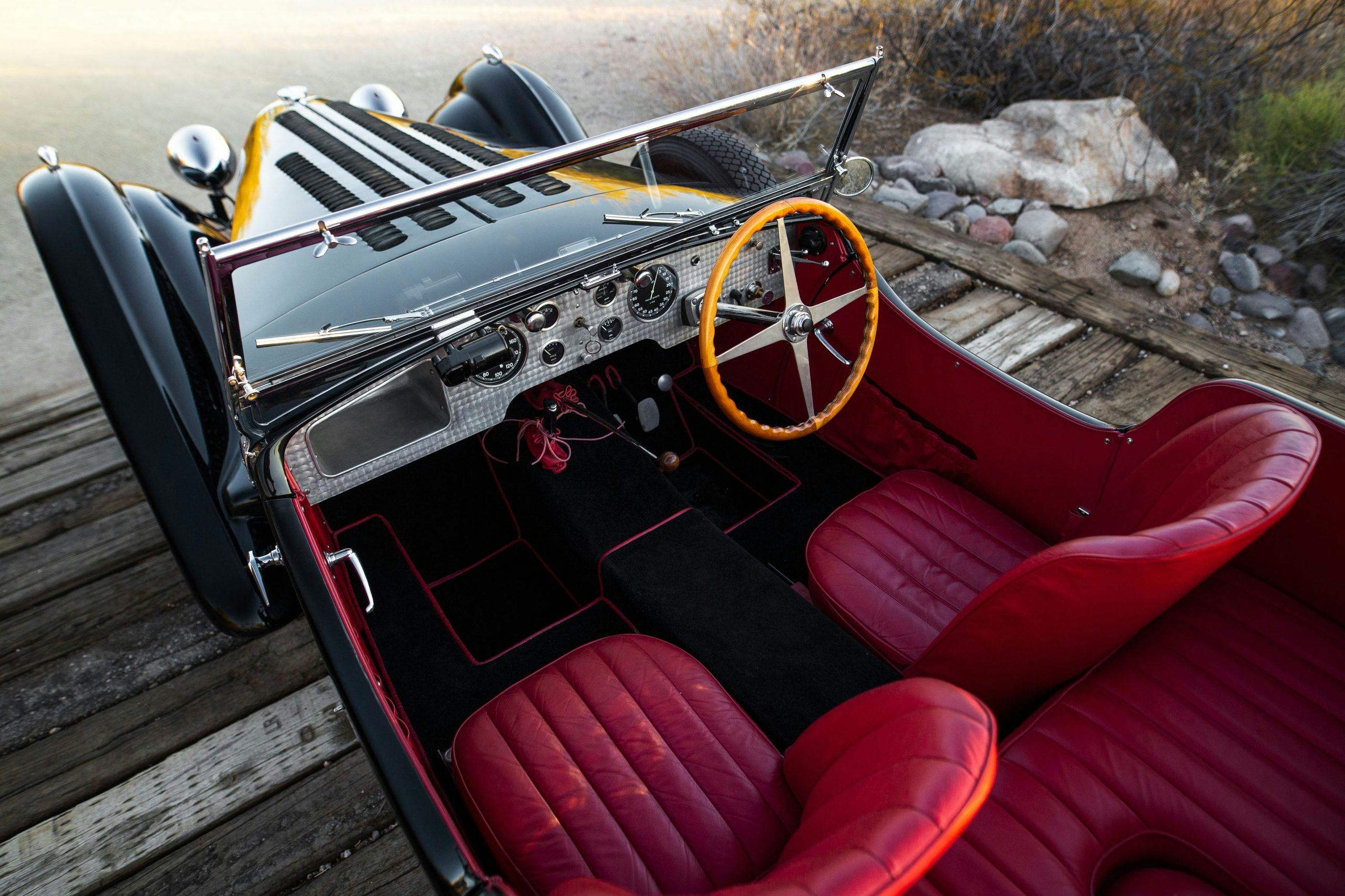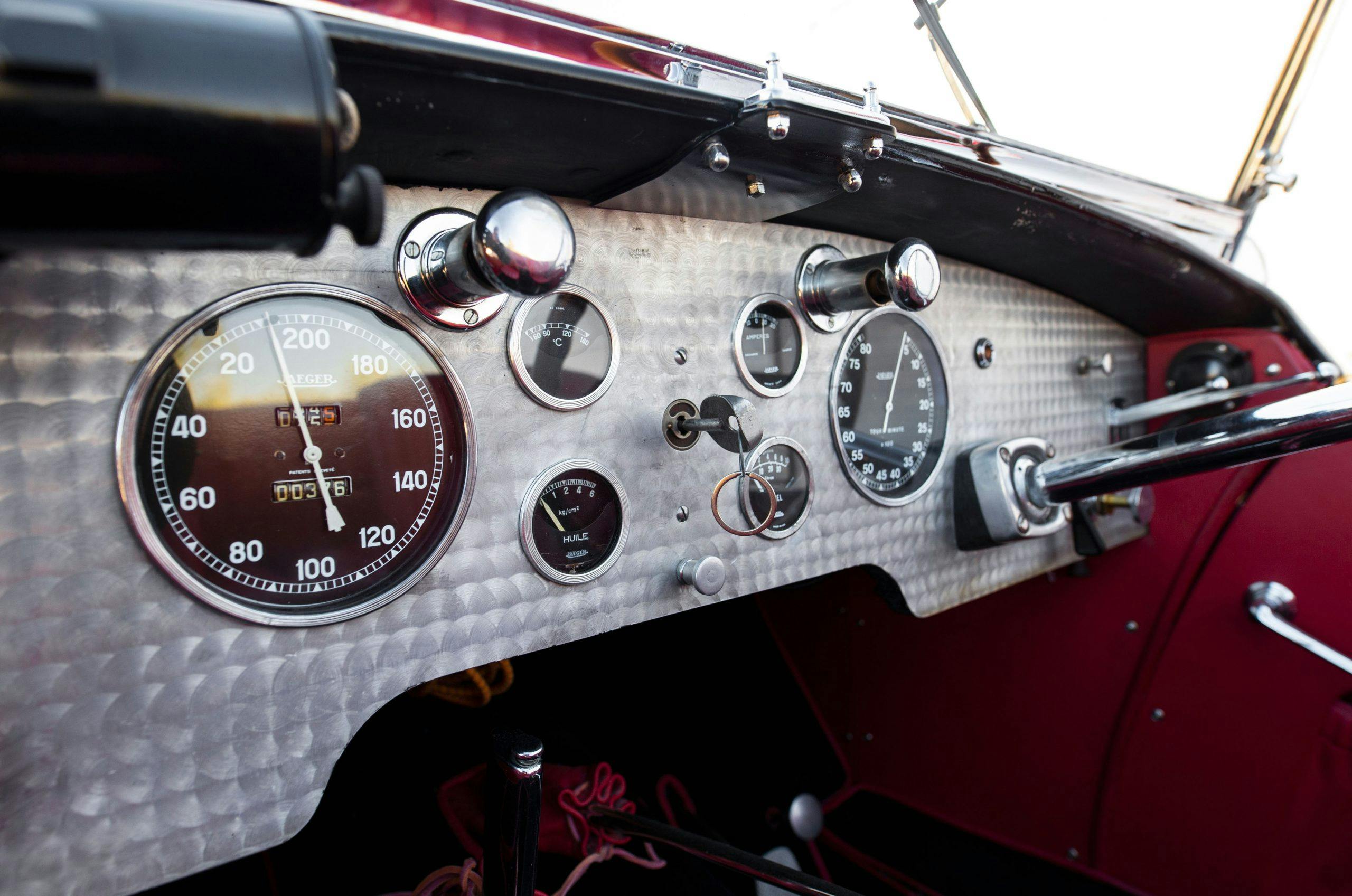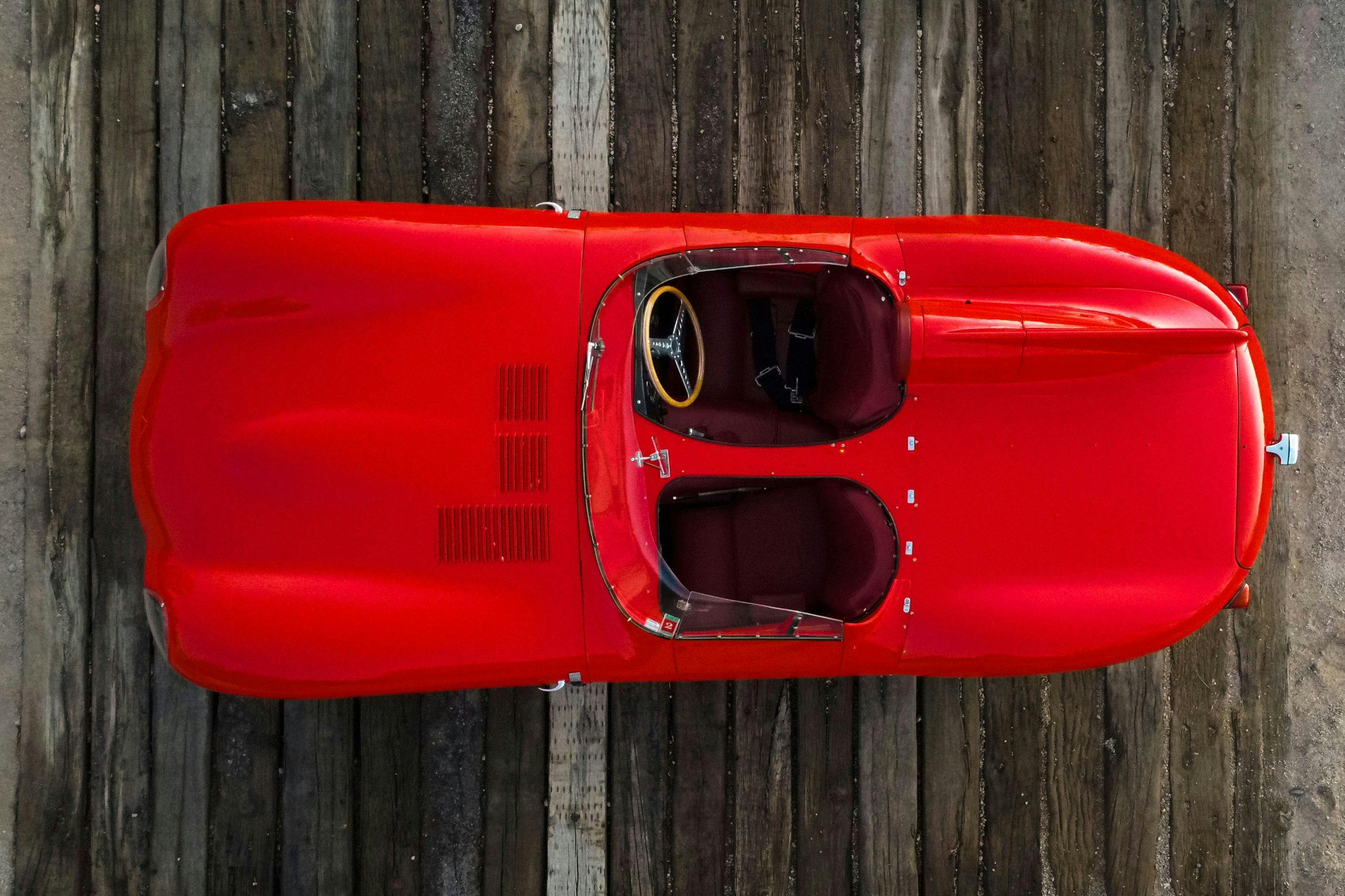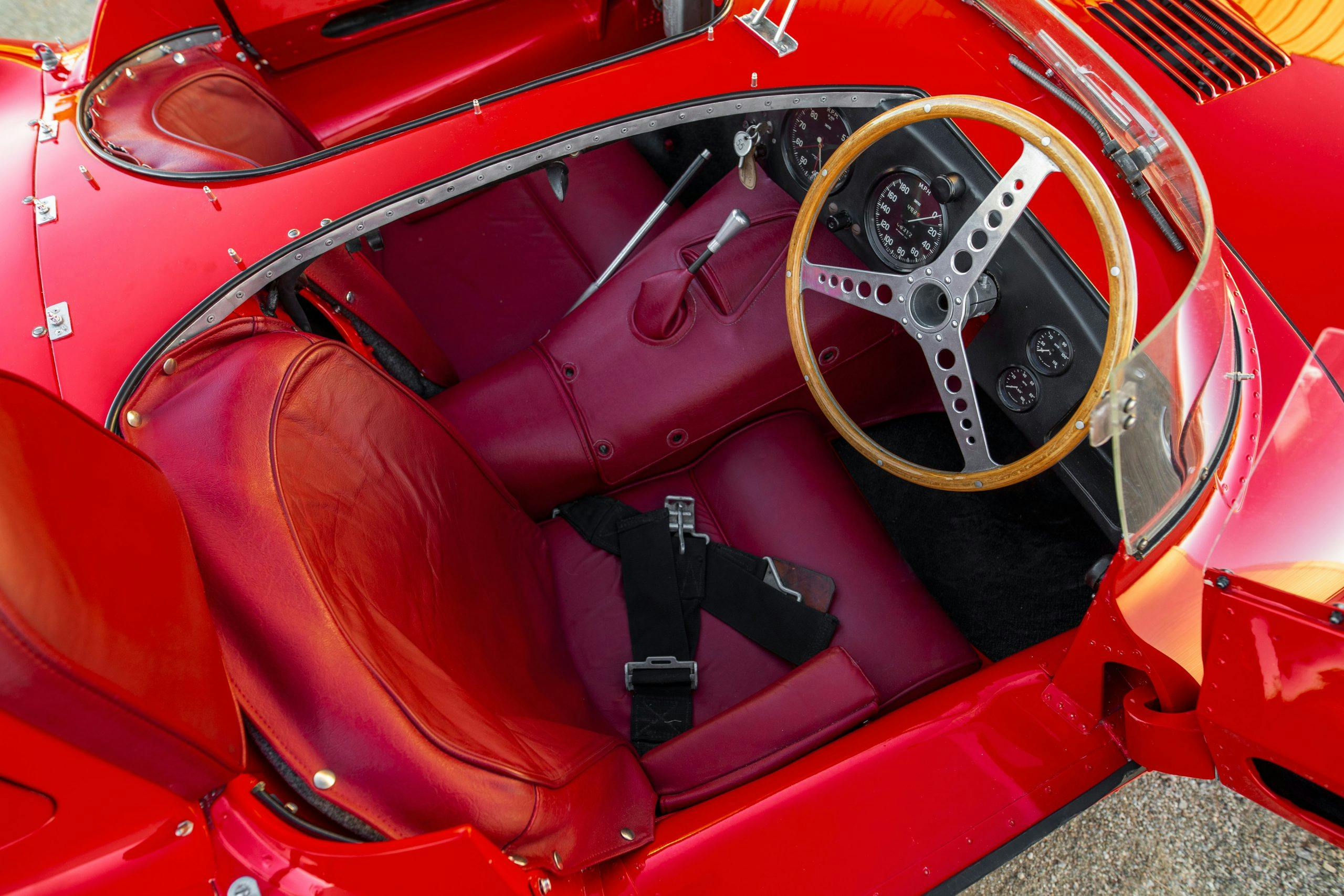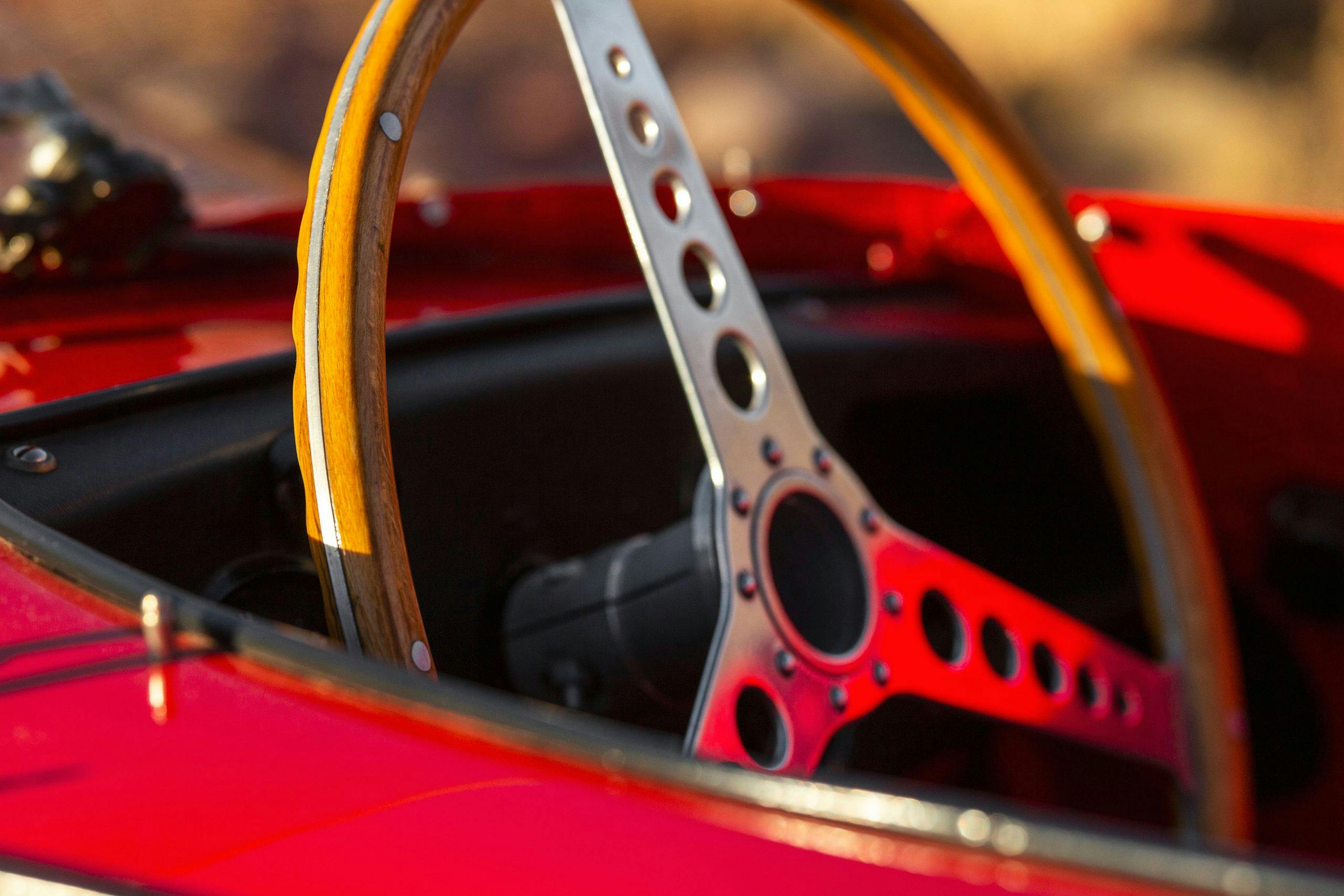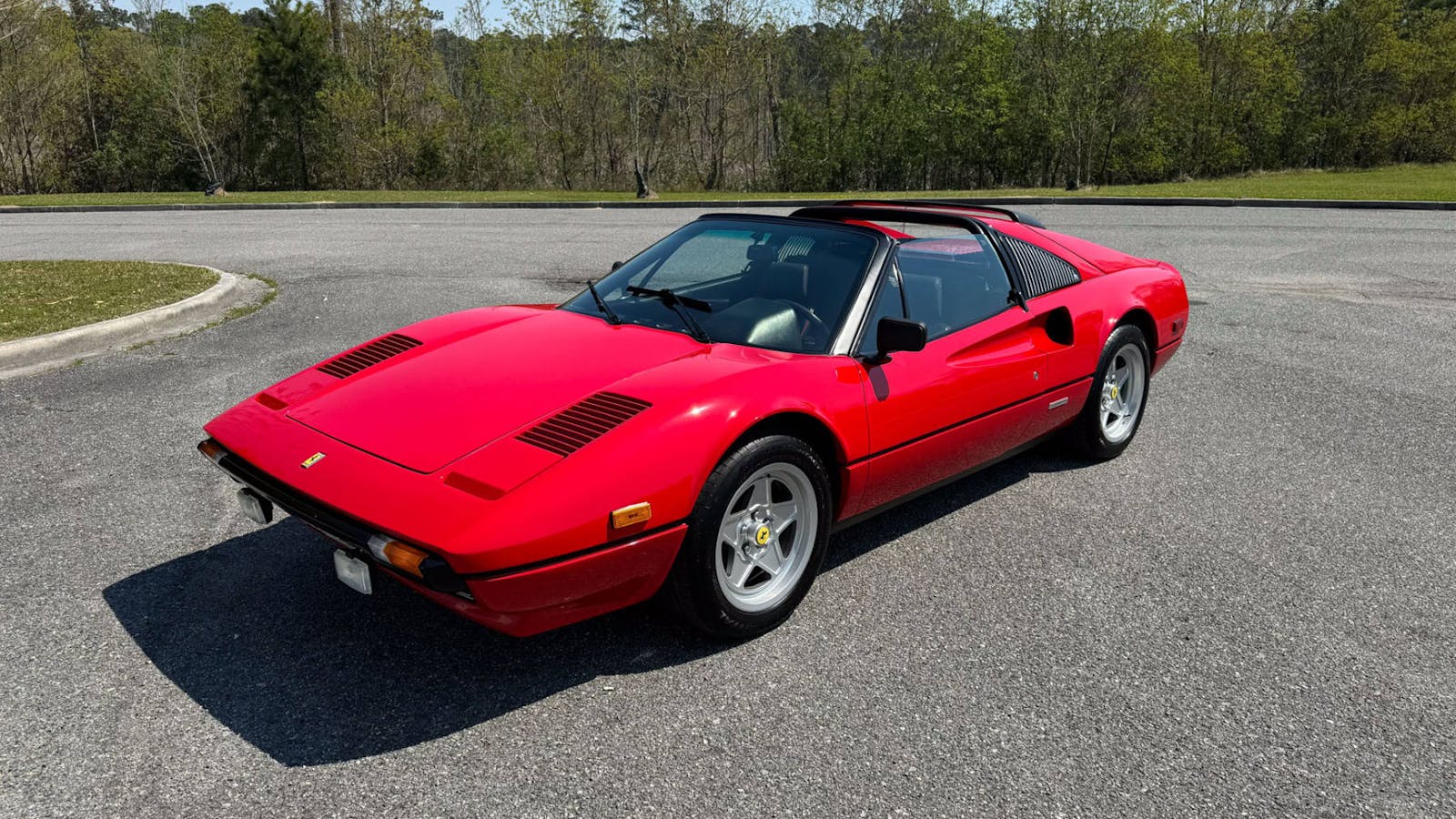The 11 most valuable cars crossing the block this month
With the craziness of 2020 behind us, it sure would be nice to return to normalcy by meeting our friends and colleagues at the annual collector vehicle auctions in Kissimmee, Florida, and Scottsdale, Arizona. On the bright side, some auctions are still being held in those states during the next few weeks—mostly online—giving enthusiasts a much-needed reprieve from the winter blahs and COVID concerns. And one thing hasn’t changed: many significant and expensive automobiles are available.
Below are the 11 most valuable collector vehicles from Mecum’s Kissimmee event (January 7–16) and three Scottsdale-area auctions from Gooding & Company (January 18–22), Bonhams (January 21), and RM Sotheby’s (January 22).
1954 Aston Martin DB2/4 Drophead Coupe
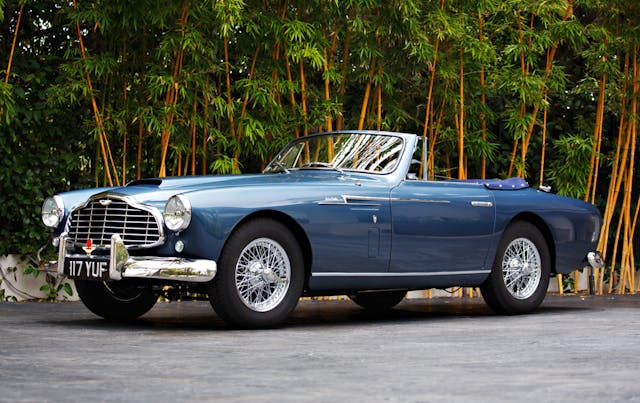
Gooding & Company, Scottsdale
Estimate: $1.0M–$1.4M
One of just two DB2/4 Drophead Coupes bodied by Bertone and built in this striking convertible body style, chassis LML 506 was displayed by original owner Edith Field at the 1955 Pebble Beach Concours d’Elegance. It possesses a decidedly Italian flair but maintains traditional Aston Martin design cues, including a distinctively shaped radiator grille. Although LML 506 is being offered without an estimate, it sold for $1.43 million at Gooding’s 2017 Pebble Beach auction.
“Whether the Bertone body is better looking than the standard car is a matter of opinion,” says Hagerty auction editor Andrew Newton, “but it’s a very rare and distinctive Aston with proven concours history.”
1966 Ferrari 275 GTB Long Nose

Gooding & Company, Scottsdale
Estimate: $2.0M–$2.4M
When Ferrari unveiled the Ferrari 275 GTB at the 1965 Paris Motor Salon, it continued a tradition of offering a thoroughbred dual-purpose sports car to its most resolute customers. With coachwork designed by Pininfarina and fashioned by Scaglietti, the 275 GTB was breathtaking to look at and heart-pounding to drive, thanks to a new 3.3-liter V-12, five-speed transaxle, fully independent suspension, and four-wheel disc brakes.
This late-production example features the desirable long-nose bodywork and torque-tube driveshaft, and it also wears an unusual color scheme of Rosso Chiaro with Red leather upholstery and cloth inserts. Perhaps even more significant, it is a superbly kept one-owner survivor car that has never required a restoration.
As with the other Gooding offerings listed, a pre-auction estimate has not yet been provided, but Gooding sold a similar model for $3 million at its 2020 Monterey Auction. Will this one go that high? We’ll see. It definitely has a lot going for it. A 1966 Ferrari GTB Long Nose in #2 (Excellent) condition carries an average value of $1.85 million, along with a 10 percent bump for its torque tube driveshaft, and Newton says, “the unrestored condition/single family ownership helps too.”
1959 BMW 507 Series II Roadster

Bonhams, Scottsdale
Estimate: $1.9M–$2.3M
Aimed at the United States market, the stunning BMW 507 was created at the urging of famed automotive importer Max Hoffman, who convinced BMW that the roadster could rival Mercedes-Benz’s successful 300 SL. Amazingly, it was styled by Count Albrecht von Goertz, an independent industrial designer who had never before designed an entire car. What a debut.
In addition to its handsome looks, the 507 was powered by a 3.2-liter, all-aluminum V-8 that produced 150 horsepower and a top speed of 125 mph. The problem—for both Hoffman and U.S. buyers—was the 507’s price tag of $9000 (more than $80,000 today), which was more than double the cost of a Ford Thunderbird or Chevrolet Corvette. Production ceased in December 1959 after only 253 cars had been built, making this example one of the last.
This car (chassis No. 70205) was a no-sale at RM’s 2015 Driven by Disruption sale after reaching $1.9 million. That’s now its low estimate.
2003 Ferrari Enzo
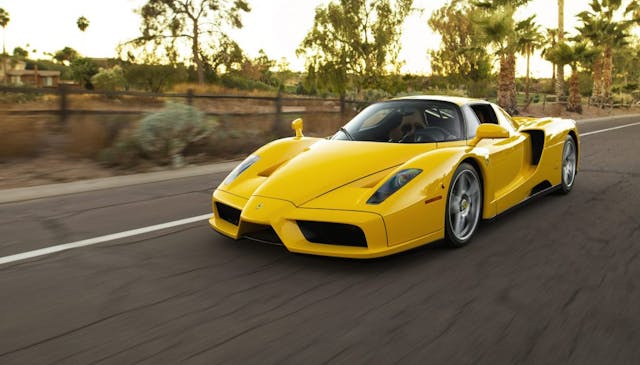
RM Sotheby’s, Arizona
Estimate: $2.25M–$2.5M
Following the end of F50 production in 1998, Ferrari enthusiasts waited four long years to learn what would emerge next from Maranello. And when Ferrari rolled out the Enzo in 2002, it was worthy of its famous founder’s name.
Utilizing futuristic materials to achieve maximum weight savings, much like an F1 race car, its foundational tub—made of carbon fiber and Nomex honeycomb—weighed only 200 pounds. It was powered by the largest Ferrari-built engine since the 712 Can-Am race car of the 1970s: a 6.0-liter, 65-degree, Tipo F140B V-12 that produced 651 hp and 485 lb-ft of torque.
The Enzo on offer through RM Sotheby’s was built with the extremely rare color combination of Giallo Modena (yellow) over Cuoio leather with factory-fitted harnesses.
A 2003 Ferrari Enzo in #2 (Excellent) condition is valued at $2.75M, so considering the high estimate is a $250K lower than that, this could be a potential bargain. (Relatively, anyway.)
2019 Koenigsegg Regera
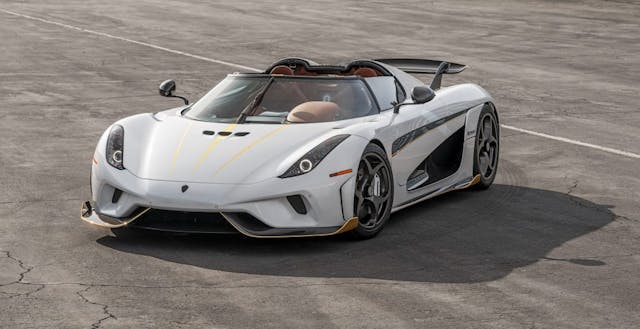
RM Sotheby’s, Arizona
Estimate: $2.6M–$2.9M
Christian von Koenigsegg created his supercar company in 1994, and the world has been awed by his creations ever since. Not surprisingly, as RM says, “this 2019 Koenigsegg Regera is quite possibly the most outrageous exhibition of automotive technology ever offered for sale to the public.”
The Regera retains Koenigsegg’s most distinctive design feature, a pair of Dihedral Synchro-helix doors, which open both outwards and upwards in a unique fashion to improve egress and ingress in close quarters. And its 5.0-liter V-8 engine produces more than 1000 horsepower, due to a pair of 3-D printed variable turbochargers and a patented exhaust system which is said to altogether remove turbo lag. It holds the world record for zero-to-250-to-zero mph, at 31.49 seconds.
The world will be watching this car closely since this is the first Regera to reach public auction and its sale price could set the bar for others to follow. Much like Koenigsegg.
1939 Mercedes-Benz 540K Special Cabriolet A

Bonhams, Scottsdale
Estimate: N/A
Together with its predecessor the 500K, the magnificent Mercedes-Benz 540K was arguably the most noteworthy production model offered by the Stuttgart firm during the 1930s. The 540K, powered by a 5.4-liter supercharged straight-eight engine, was one of the first models developed under Mercedes’ new chief engineer, ex-racing driver Max Sailer. When it was unveiled in 1936, Mercedes-Benz claimed it conjured “visions of breath-taking exploits of racing cars and drivers of international fame, but also of superlative comfort and coachwork of exquisite beauty, fine paintwork, brightly polished metal, the finest hardwoods and leather—massive and yet outstandingly attractive bodies—in short: the car for the connoisseur.”
This one, the 1973 Pebble Beach Concours d’Elegance Best of Show Winner, was a no-sale at $2.8M at RM Sotheby’s 2016 Amelia Island Auction.
1965 Shelby 427 Cobra Roadster

Mecum, Kissimmee
Estimate: N/A
This may not be the most valuable car offered this month, but it may draw the most interest, since it was one of the crown jewels of Carroll Shelby’s personal collection.
Chassis No. CSX3178 was the only Cobra owned by Carroll Shelby from new until his passing 2012. The 427 was purchased from Shelby’s estate in 2016 and received a ground-up concours restoration that was completed in 2019 to exacting 1965 specifications.
The Cobra, one of only five 427 Cobras originally finished in Charcoal Gray, has its original body and chassis, an aluminum-head 427 side-oiler engine with dual four-barrel carburetors, toploader four-speed manual transmission, and sunburst knock-off wheels.
The car is the big brother of CSX2000, the original small-block Cobra, which sold for nearly $14 million in 2016.
Mecum has not revealed an estimate, but the average value for a 1965 Shelby 427 Cobra in #1 (Concours) condition is $2.1 million—without the direct connection to Carroll Shelby.
1954 Ferrari 375 America Coupe by Vignale

RM Sotheby’s, Arizona
Estimate: $2.4M–$3.4M
It is said the Enzo Ferrari entered into the production of road cars reluctantly, and only as a way to fund his true passion, motorsport. But that didn’t mean he cut corners. Ever. One of only three 375 America Coupes bodied by Vignale, this 1954 example was displayed at the 1954 New York World Motor Sports Show and 1954 Geneva Motor Show. Restored to its original burgundy and silver-grey finish over a beige interior, it retains its original 4.5-liter Lampredi V-12 engine, which produced an estimated 296 horsepower when new. The 375 America was one of the fastest and most exclusive road-going automobiles in the world; only 11 coupes and one cabriolet were built.
After selling for $1.98M at RM’s 2011 Monterey auction, this car (chassis No. 0327 AL) was a no-sale at RM’s 2018 Monterey sale after a $3.25M high bid. Judging from the estimate, it looks like the seller would gladly accept that now.
2020 McLaren Speedtail
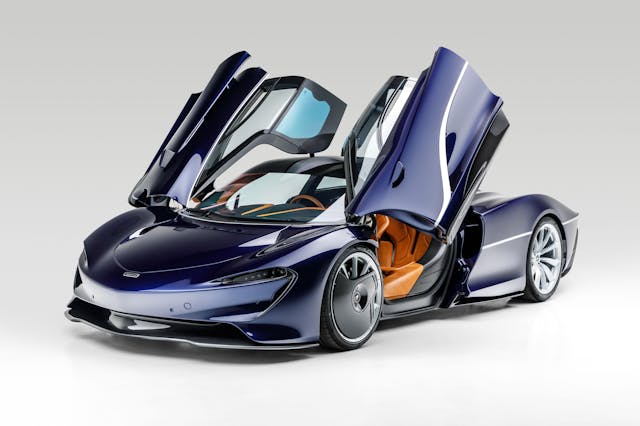
RM Sotheby’s, Arizona
Estimate: $3.5M–$4.5M
Like the Koenigsegg Regera, this is the first McLaren Speedtail to reach public auction. With a top speed of 250 mph, it is McLaren’s fastest road car, but this one hasn’t stretched its legs much—it has only 30 miles on the clock.
Limited to 106 units—a tribute to the 106 McLaren F1s—the Speedtail is a masterpiece of automotive engineering, with a center driving position, three-seat configuration, and hybrid powertrain.
The car’s 4.0-liter twin-turbocharged V-8 engine is an evolution of the McLaren P1’s engine and features a revised piston design along with enhanced cylinder head cooling, enabling it to produce over 750 horsepower. The Speedtail’s electric motor smooths out power delivery at low engine speeds, providing an additional 312 horsepower, while its 1.647 kWh battery was (at its debut) the most power-dense unit ever fitted to a production vehicle. Total system output is 1035 horsepower.
Bottom line: the Speedtail is the fastest, most aerodynamic, and most technologically advanced McLaren ever made. It’s worth noting, however, that Speedtails are only legal in the U.S. under the Show and Display law. Regardless, we’ll be watching this sale closely.
1937 Bugatti Type 57SC Tourer by Corsica

RM Sotheby’s, Arizona
Estimate: $4,750,000–$6,500,000
Ettore Bugatti built cars in many shapes and sizes, but all shared a common thread: a reputation for precision engineering and craftsmanship. This Type 57SC is one of only eight bodied by Corsica—only two of which were four-seat tourers—and one of 16 Type 57S Bugattis delivered with open coachwork.
Built upon a completely re-engineered chassis that was both shorter and lower than the Type 57, the Type 57S featured a magneto-driven ignition mated to the specially tuned 3.3-liter dual-overhead-cam inline-eight engine. The low-slung chassis was fitted with an equally low-mounted radiator that wore a V-shaped grille for its aerodynamic effect at high speed. The Type 57S proved itself in competition, winning three races in 1936 (the French Grand Prix, La Marne Grand Prix, and the Comminges Grand Prix).
Chassis No. 57512 retains its original chassis, engine, gearbox, differential, and body. It was a $5.7M no-sale at RM’s 2019 Amelia Island auction.
“When it comes to Bugatti, Corsica isn’t the best-known coachbuilder, and this isn’t the most graceful body laid over a Type 57 chassis, but it is quite rare,” Newton says. “And keeping its original chassis, drivetrain, and body is a big plus in the world of Bugatti collecting.”
1955 Jaguar D-Type

RM Sotheby’s, Arizona
Estimate: $5,750,000–$7,500,000
The Jaguar D-Type was a radical leap into the future of performance. With its round haunches and small oval grille, the D-Type was much more formidable that it looked, proving to be a fierce competition car packed with advanced technology.
Among its features: a modern chassis configuration centered around a strong, lightweight monocoque body tub that enveloped the cockpit; an XK-type dual-overhead camshaft inline-six engine cradled in a subframe assembly that was attached to the front of the tub; and solid rear axle and rear suspension assembly fitted to the rear bulkhead. Although the materials and technology have changed, the basic design concept is still used on race cars.
Chassis No. XKD 518 retains many of its original components, including bodywork and matching-numbers engine and cylinder head. Purchased new by British racer Peter Blond, it wears factory correct red paint with red interior. Blond drove the car in club racing events, scoring first- and second-place finishes at Snetterton in June 1956, along with another victory at Snetterton in September of that year. Other appearances in 1956–57 included Aintree, Silverstone, Oulton Park, and Goodwood, where Blond competed in the Goodwood Trophy race and finished ninth.
A fire tore through Jaguar’s Coventry works on February 12, 1957, destroying five D-Types and important tooling and materials. Ultimately, only 17 D-Type works race cars were produced, making this one rare and desirable.
“Although it wasn’t a factory race car, and red is a somewhat unusual shade on a D-Type, it does have good period race history and documentation,” Newton says. “Besides, a D-Type looks good in any color.”
The last two times the car has crossed the block, the auction ended in a no-sale—at Gooding Scottsdale in 2018 and Mecum Monterey in 2019. Perhaps the third time is the charm.

